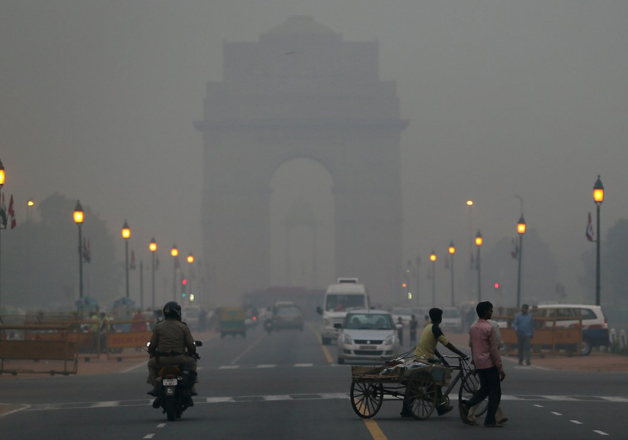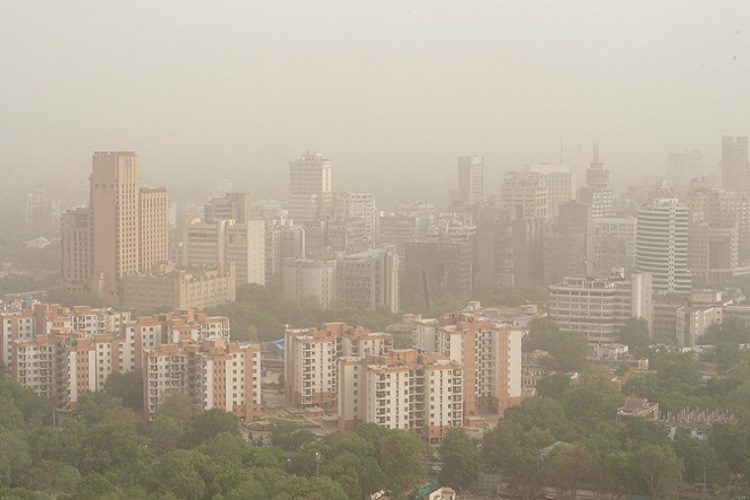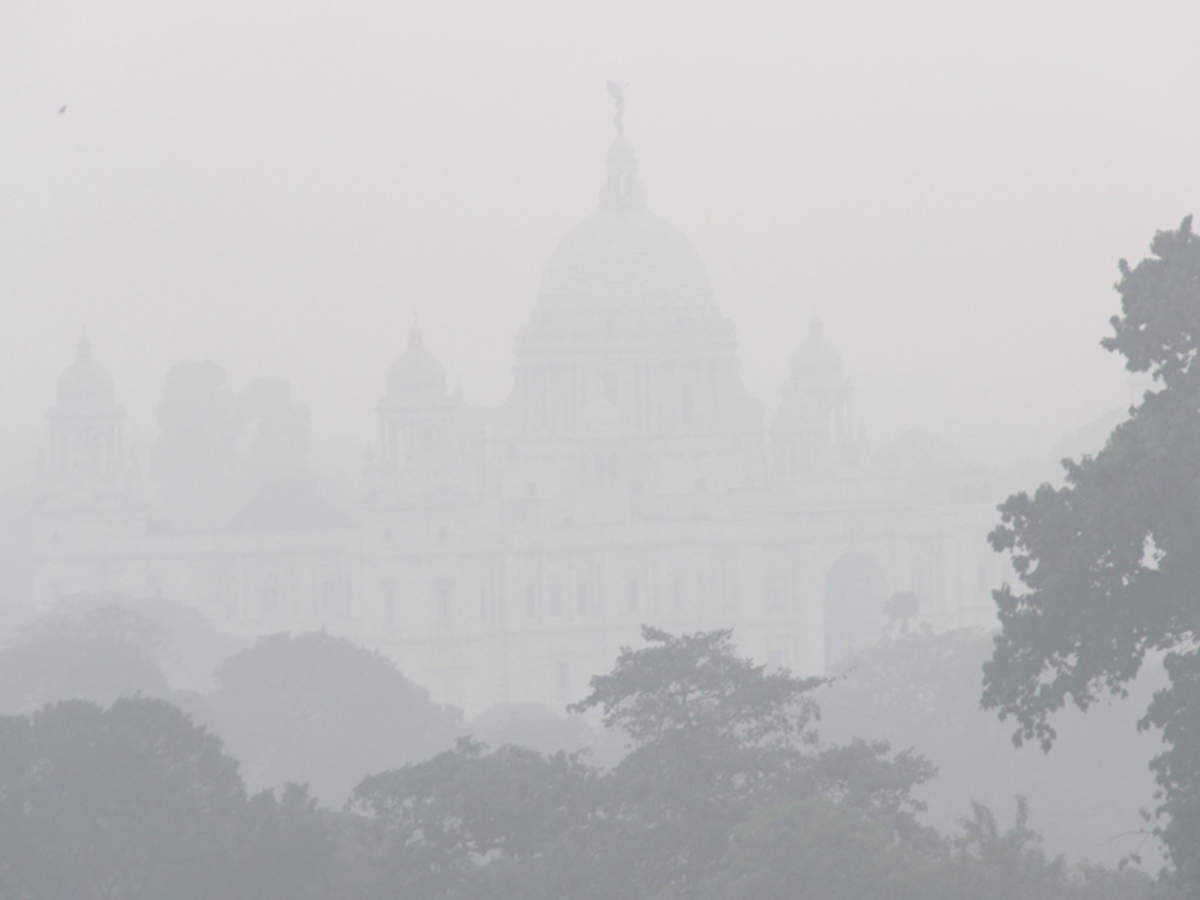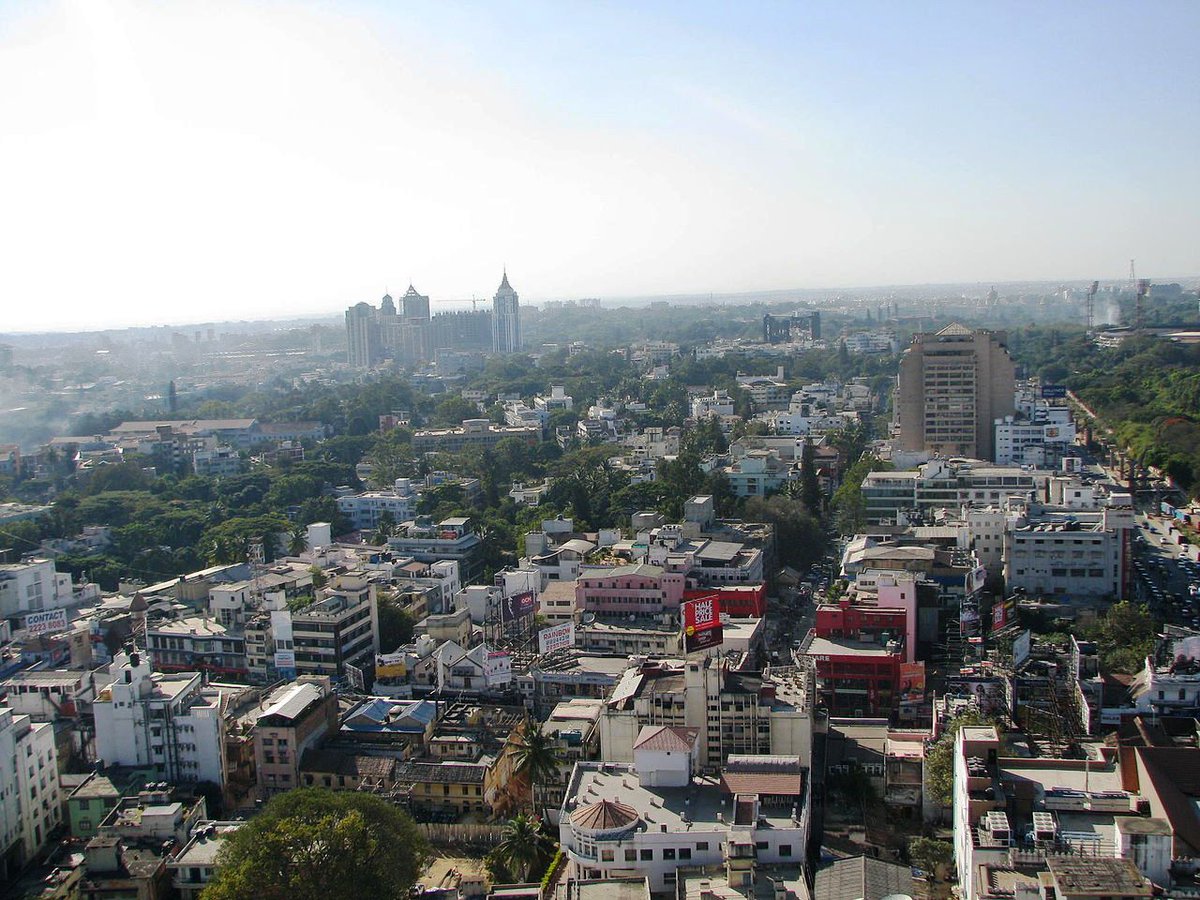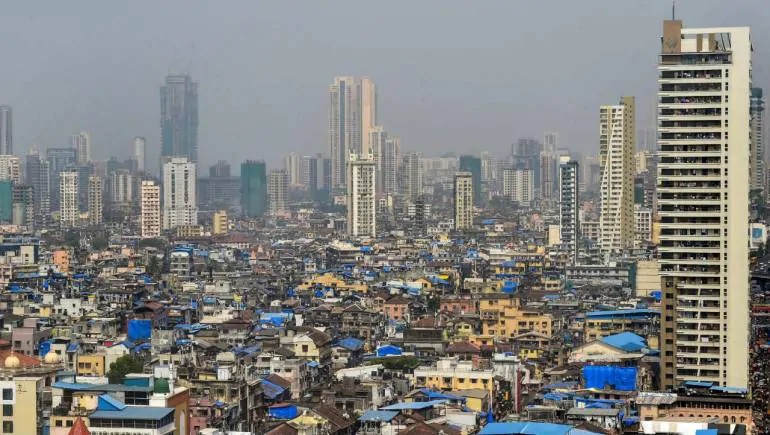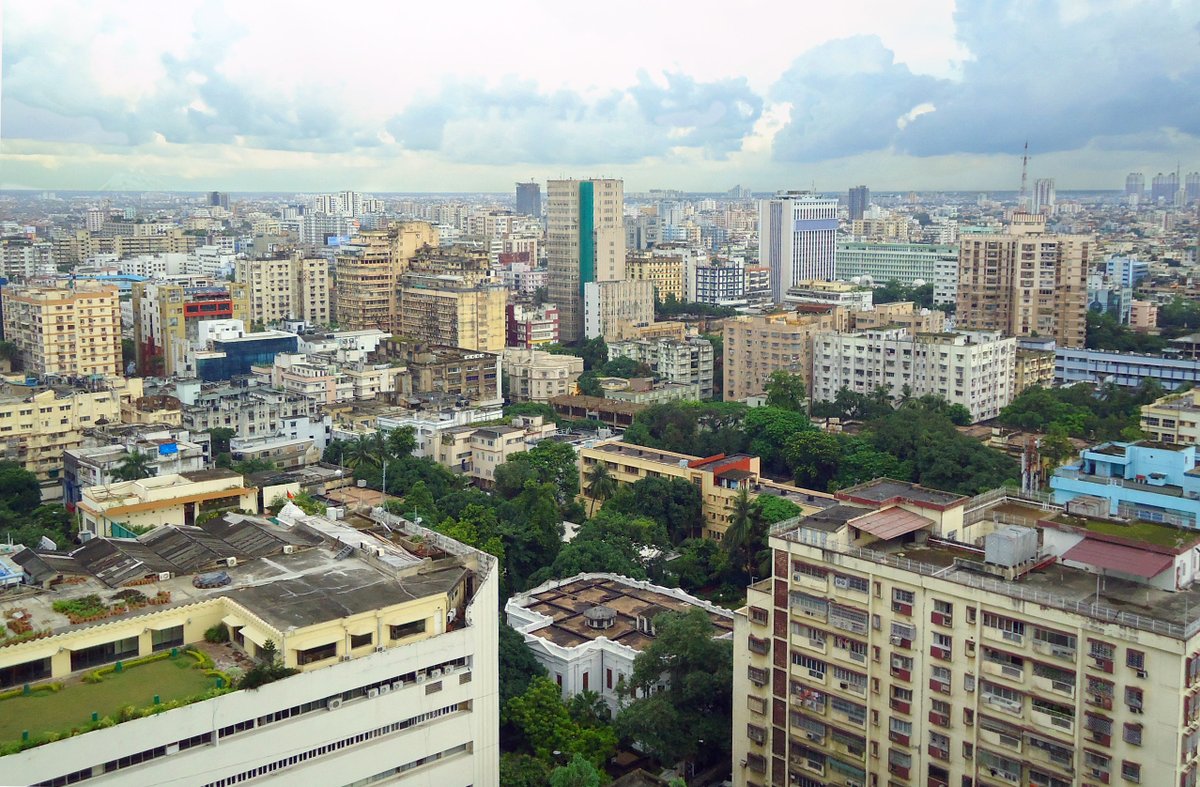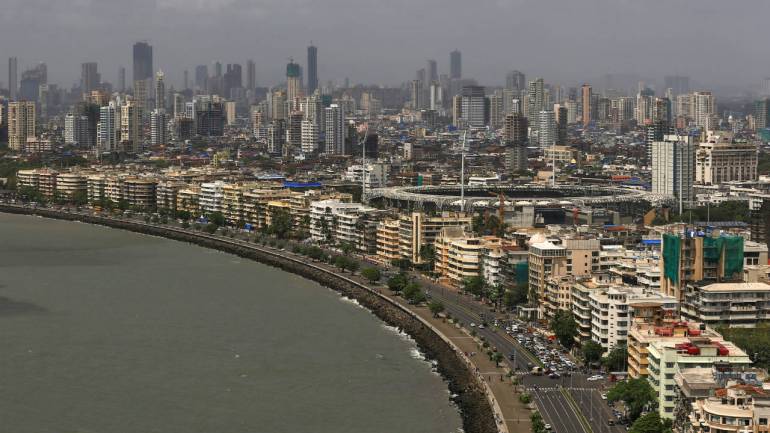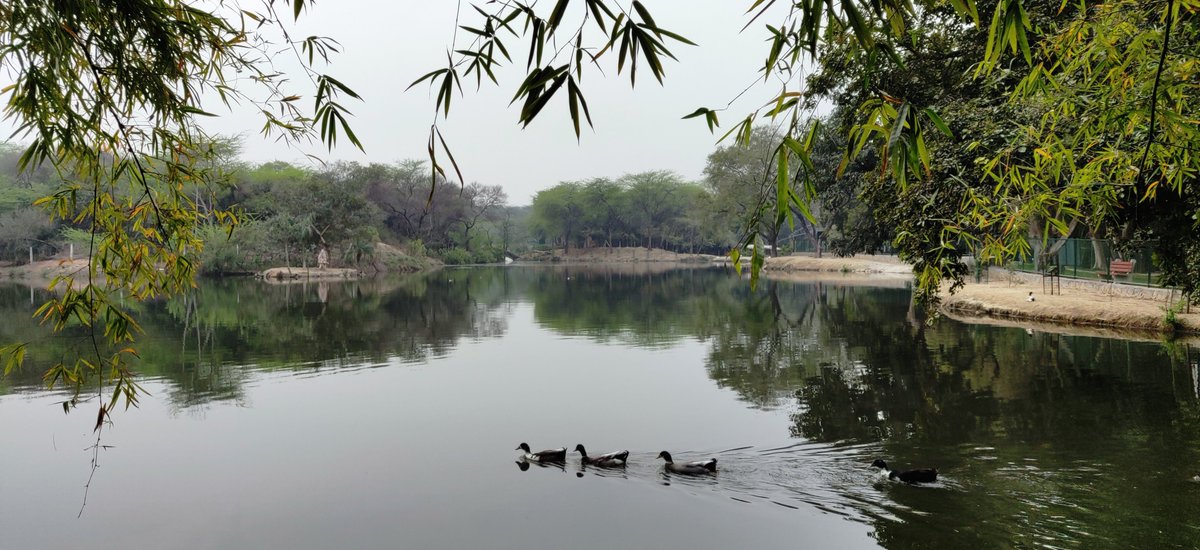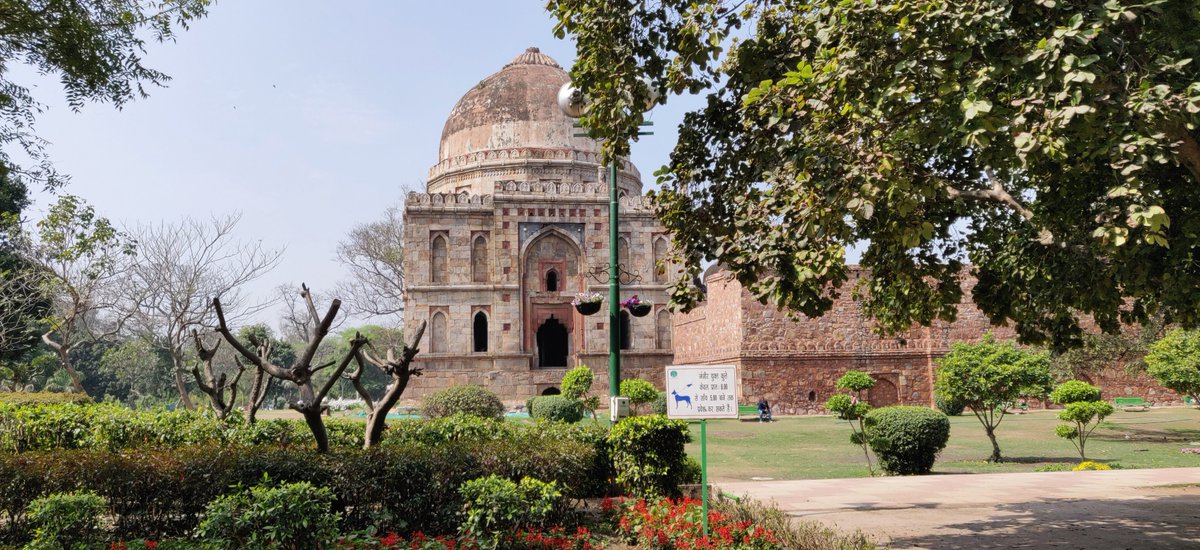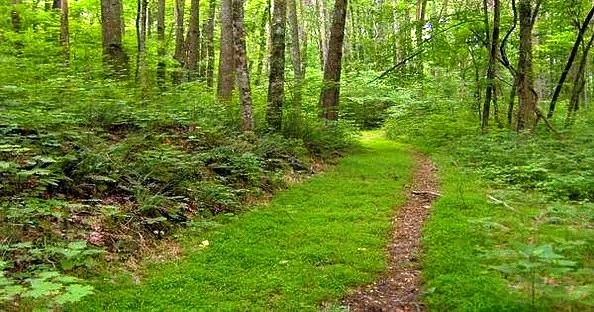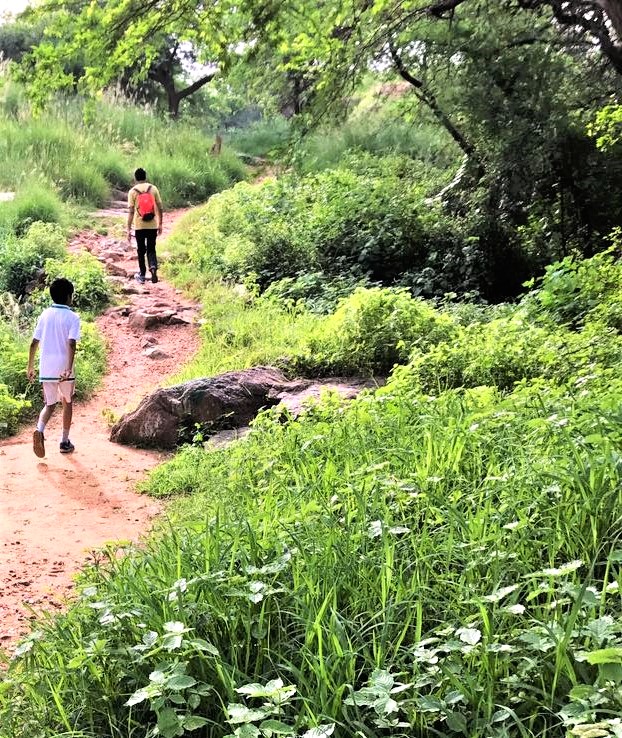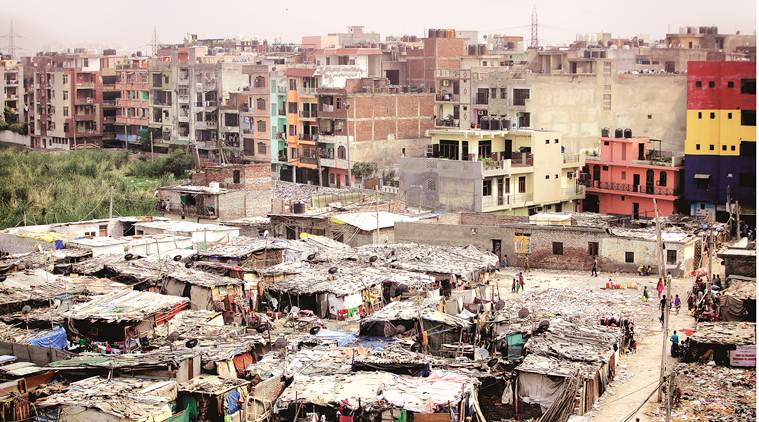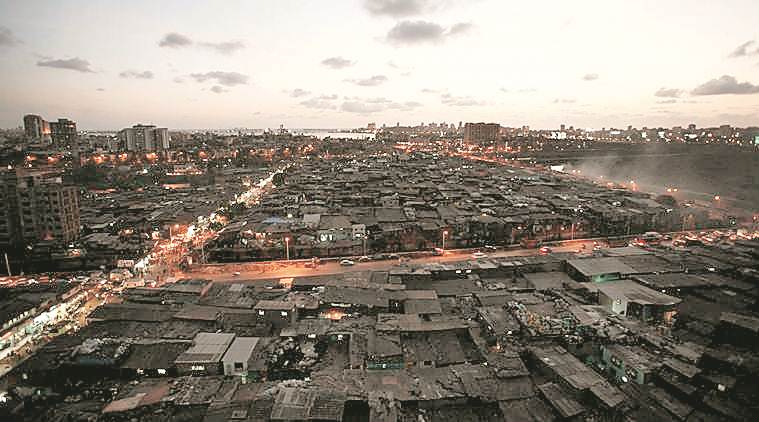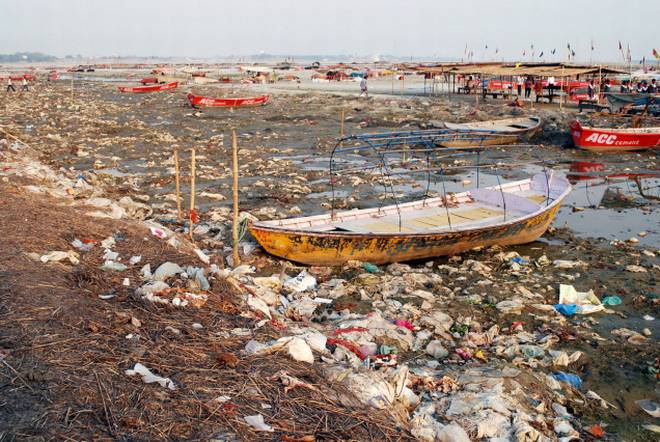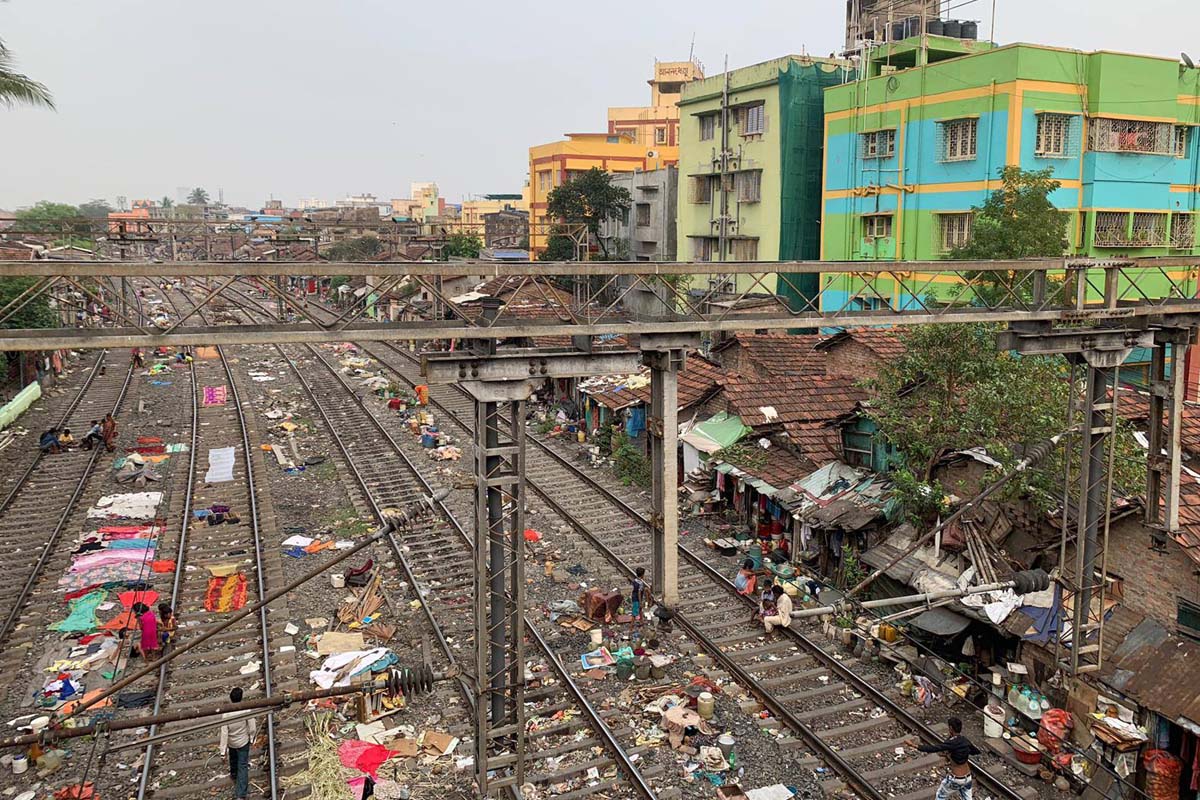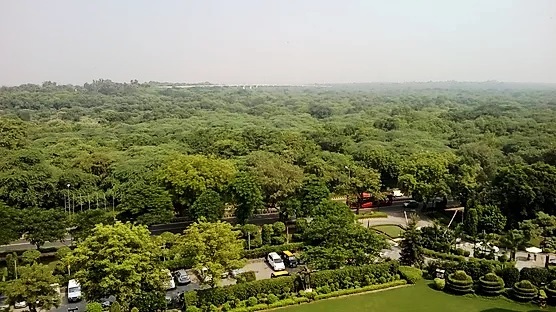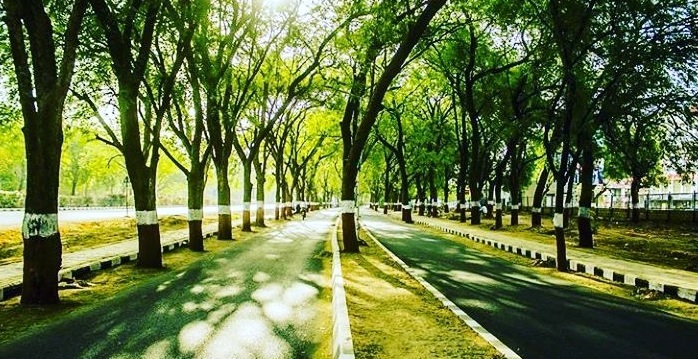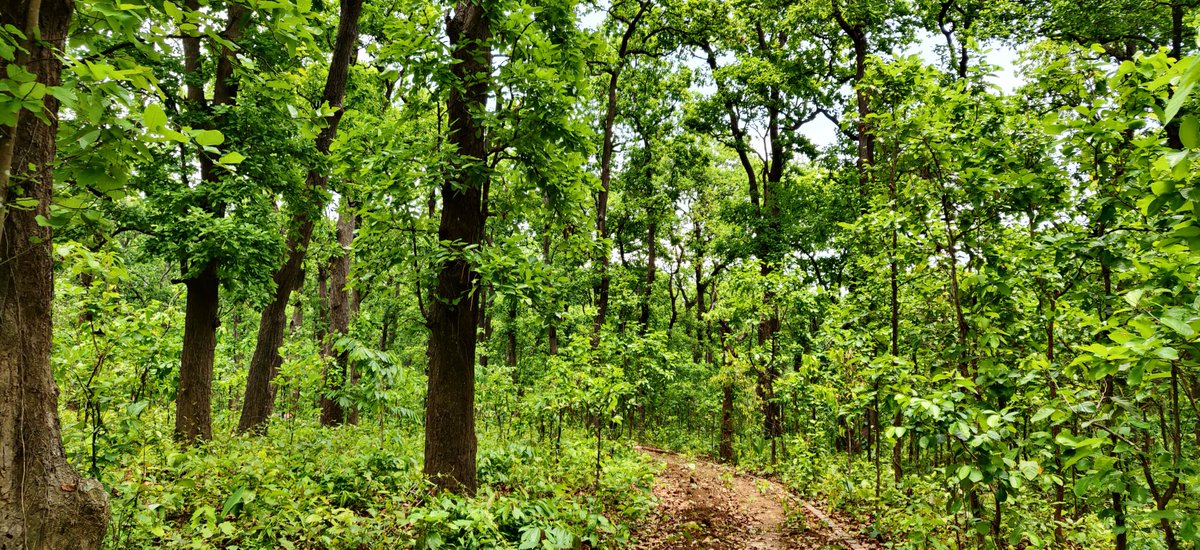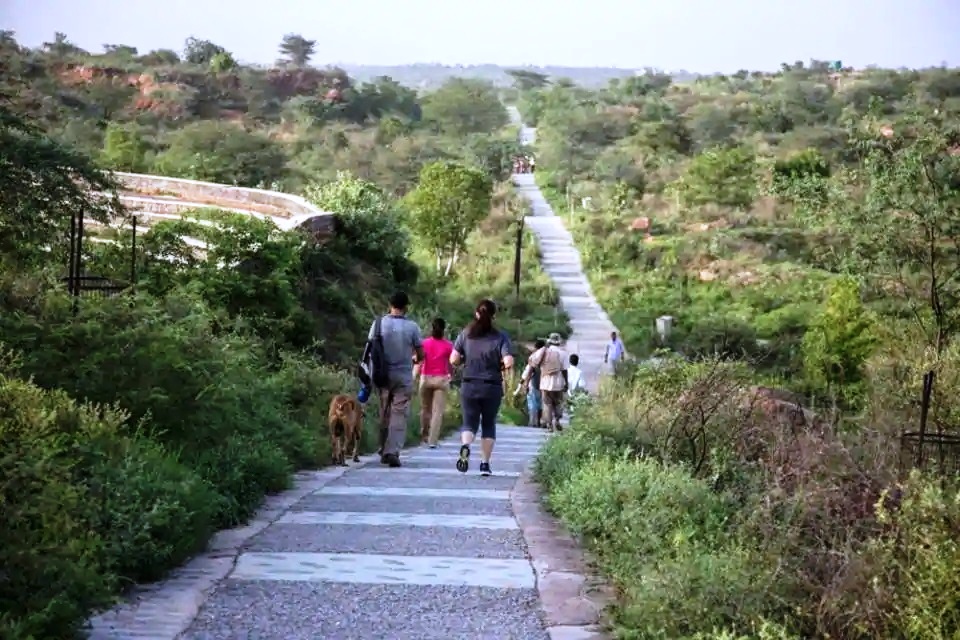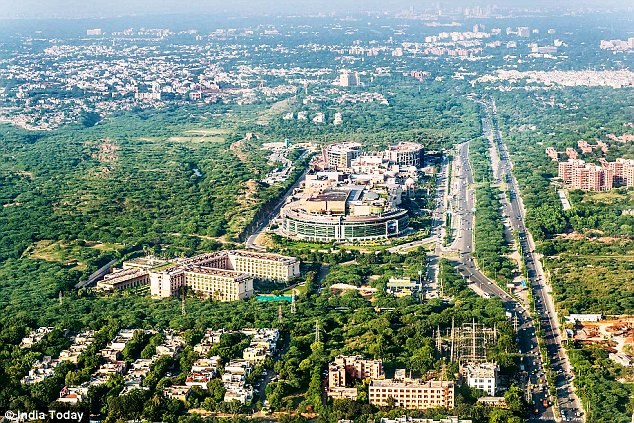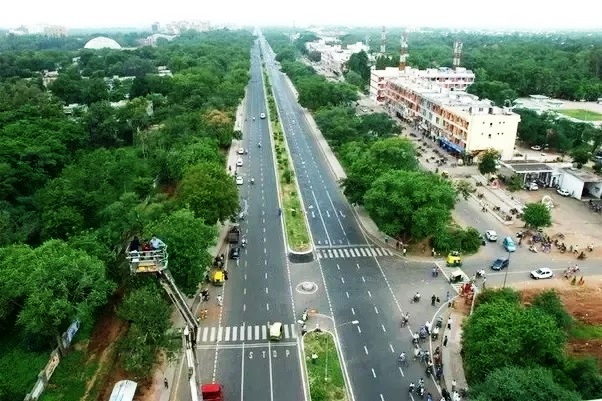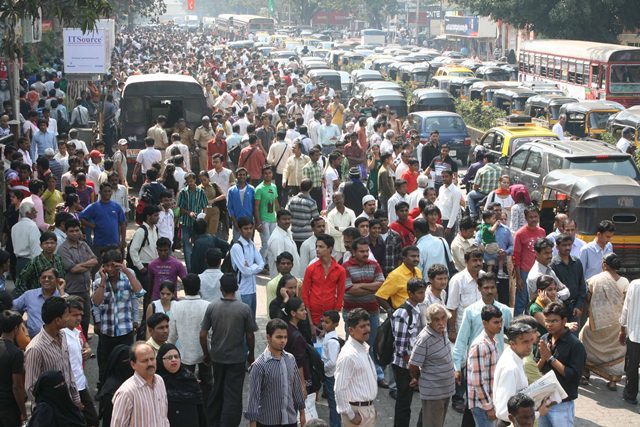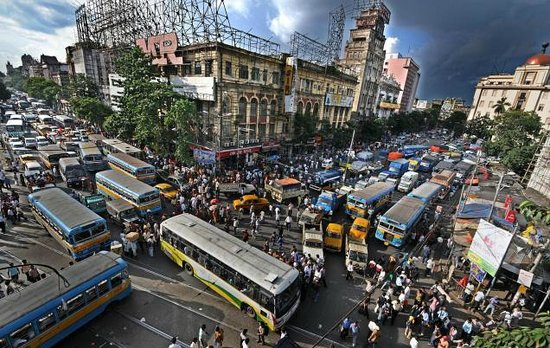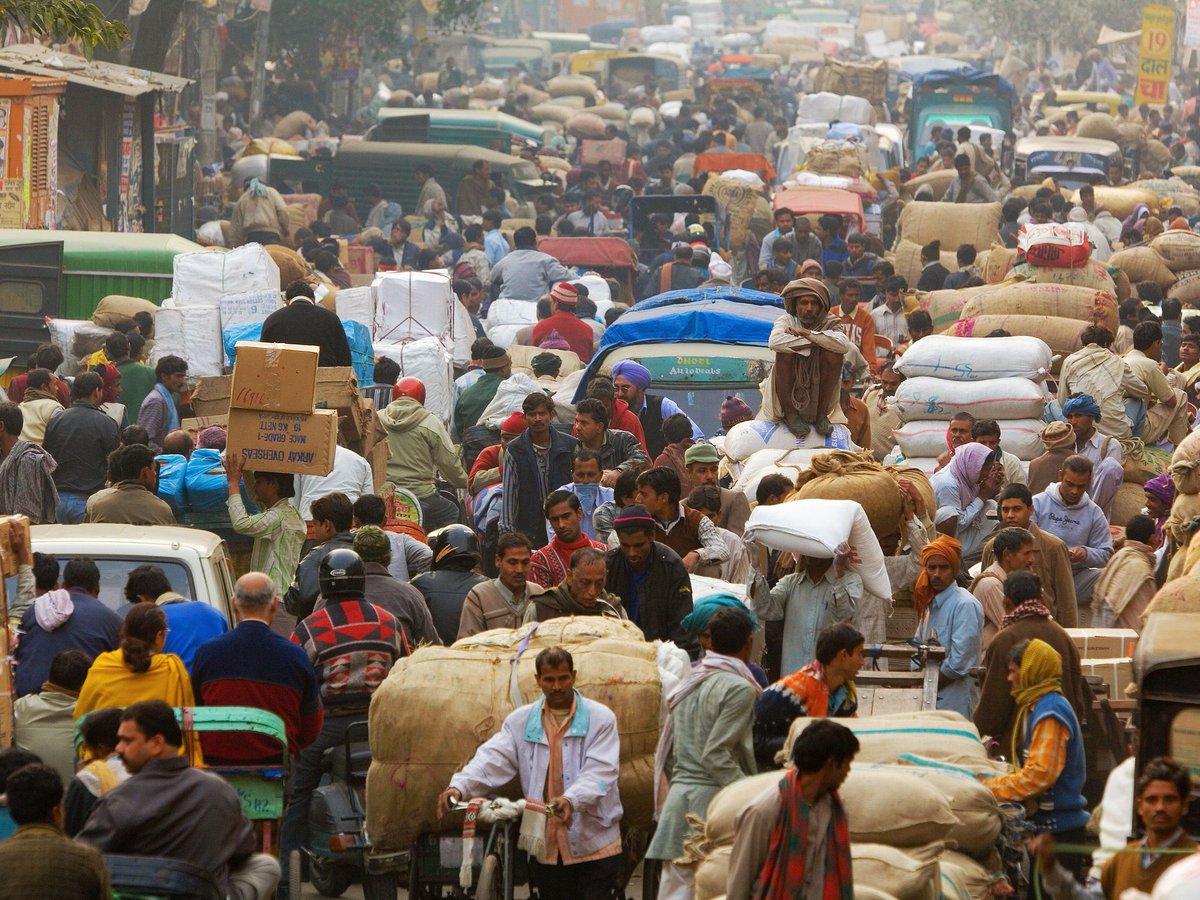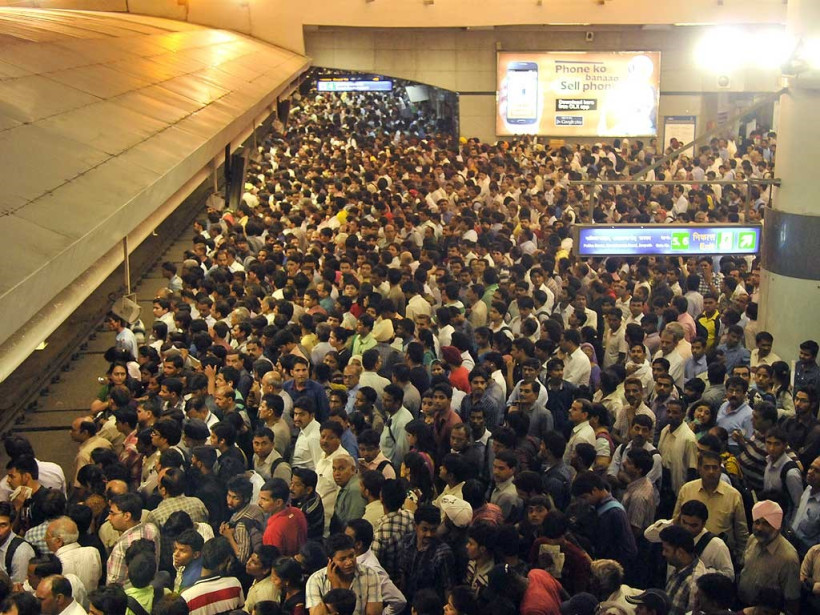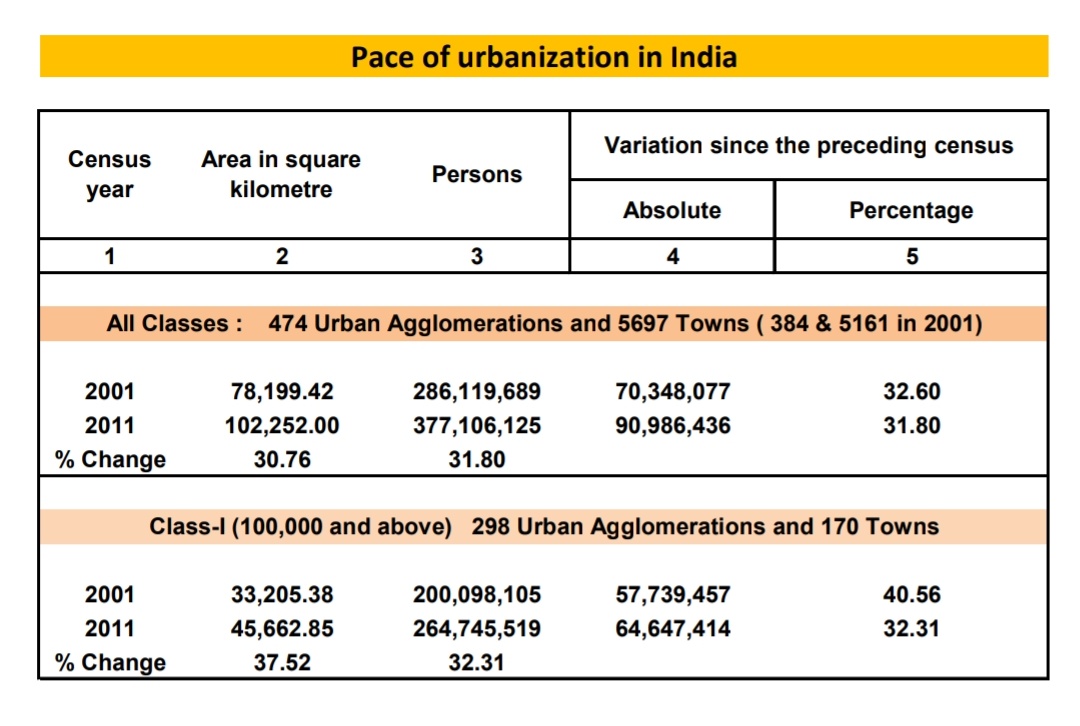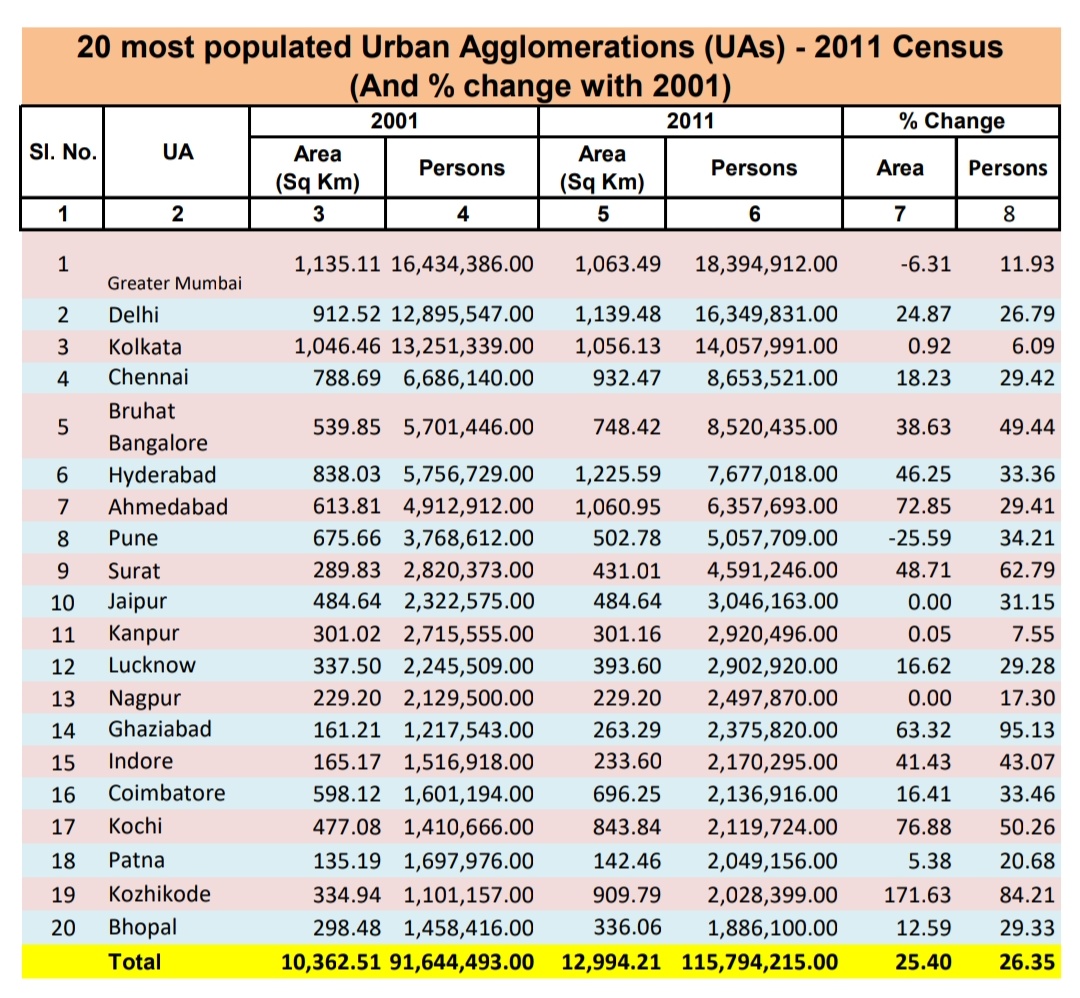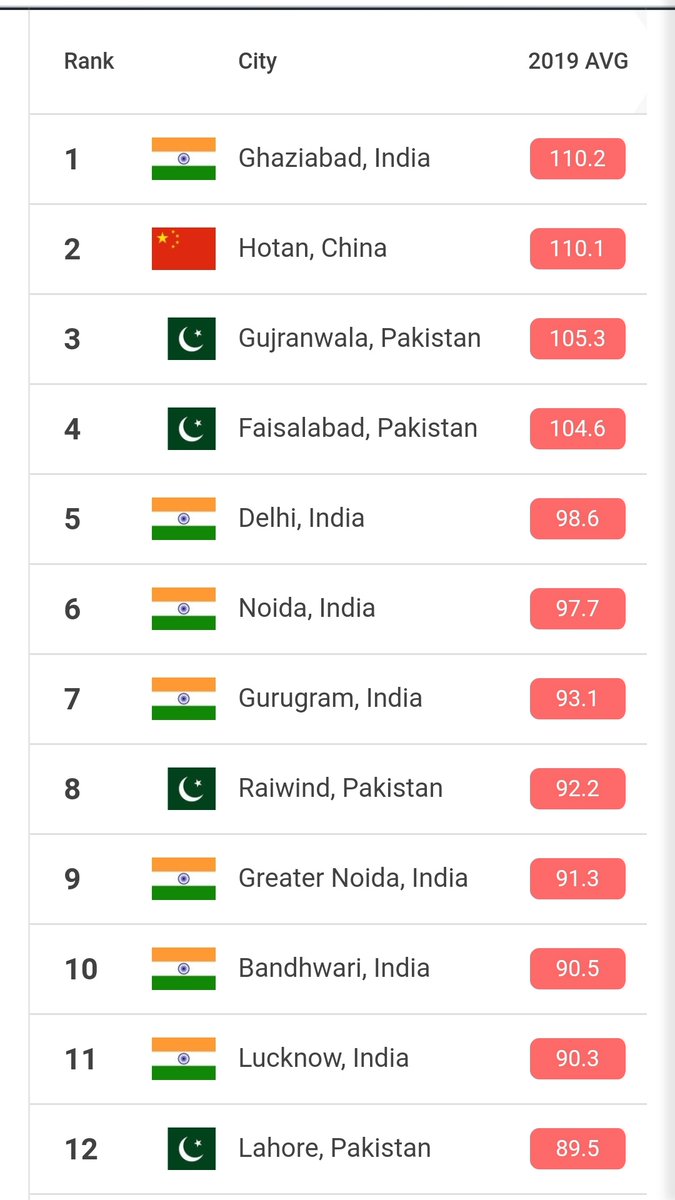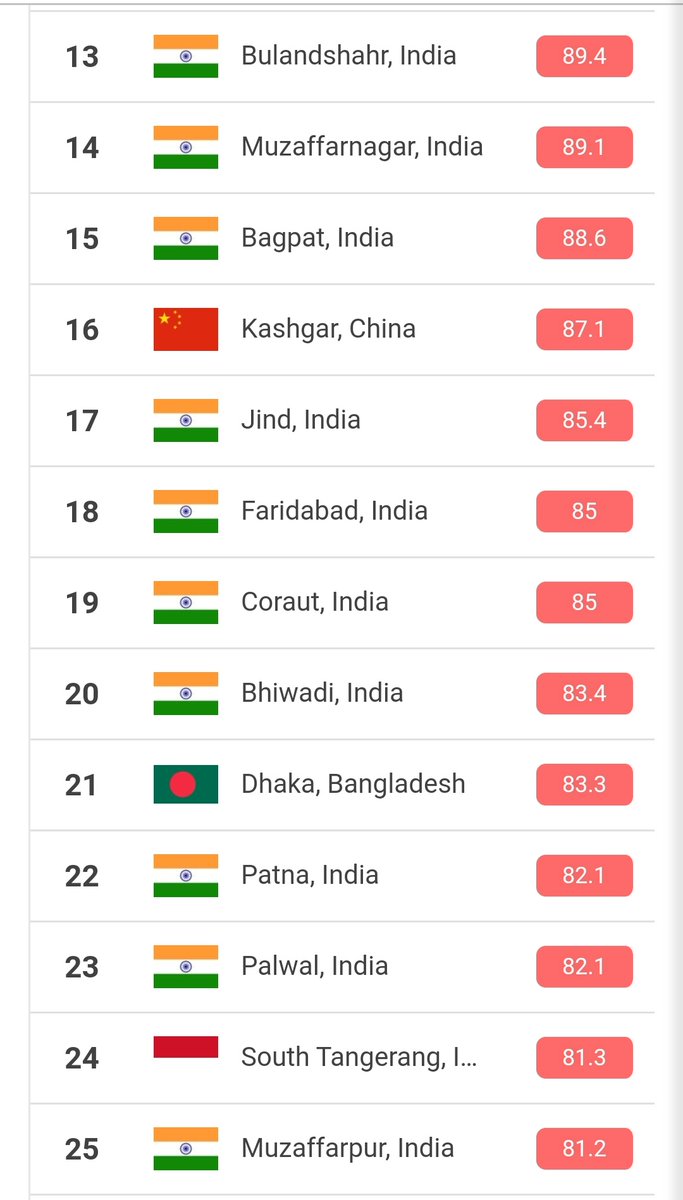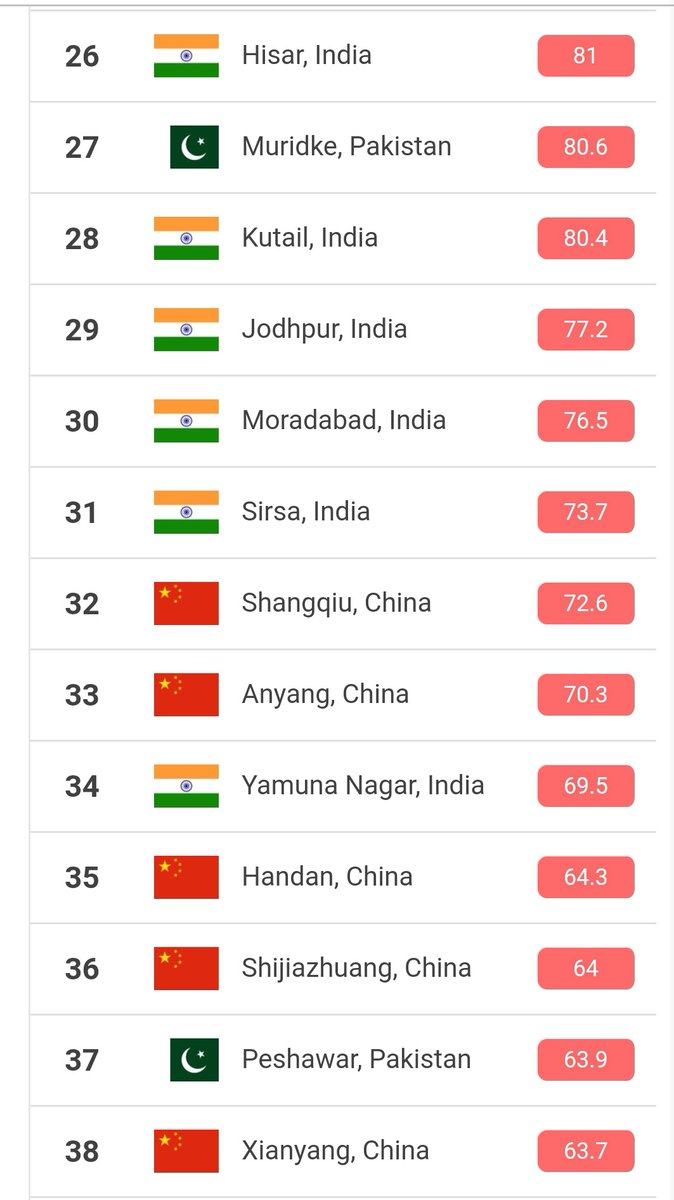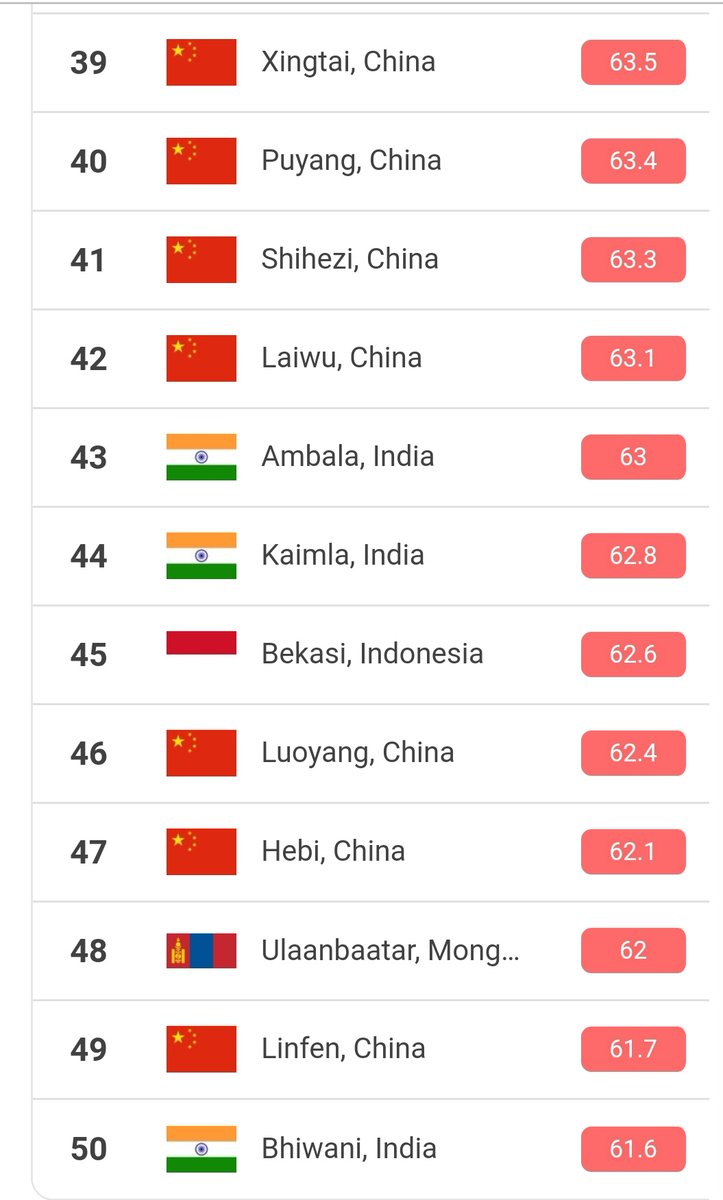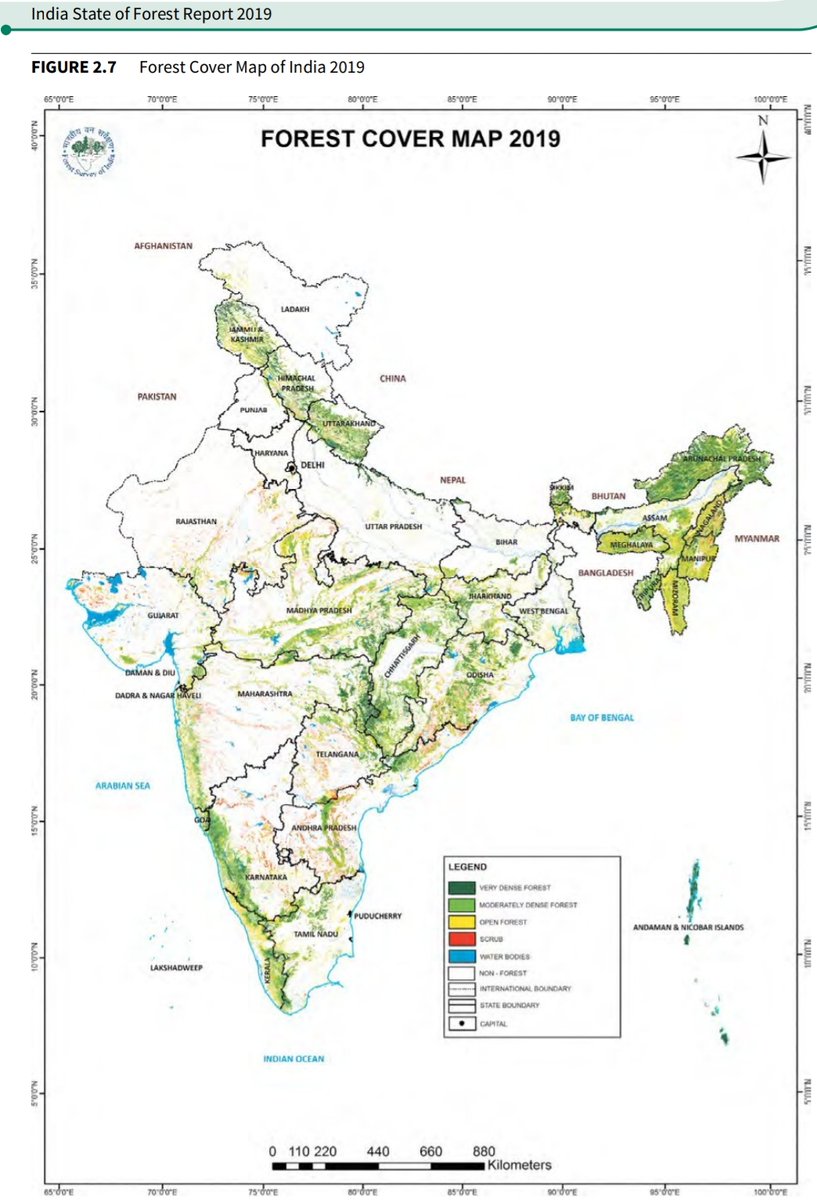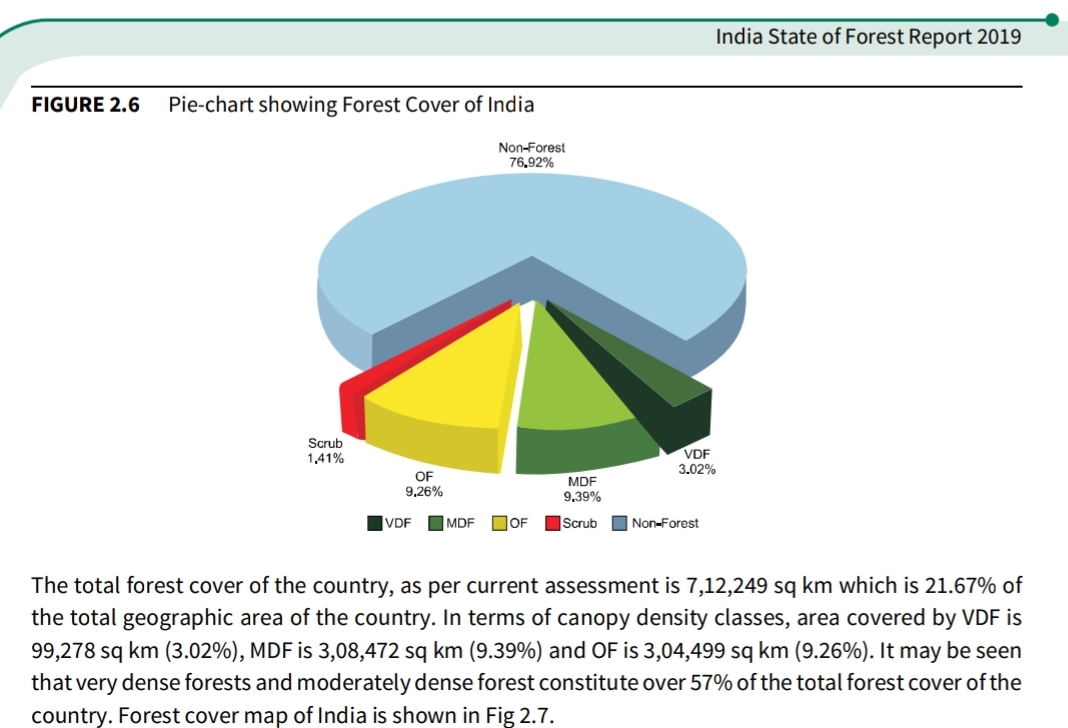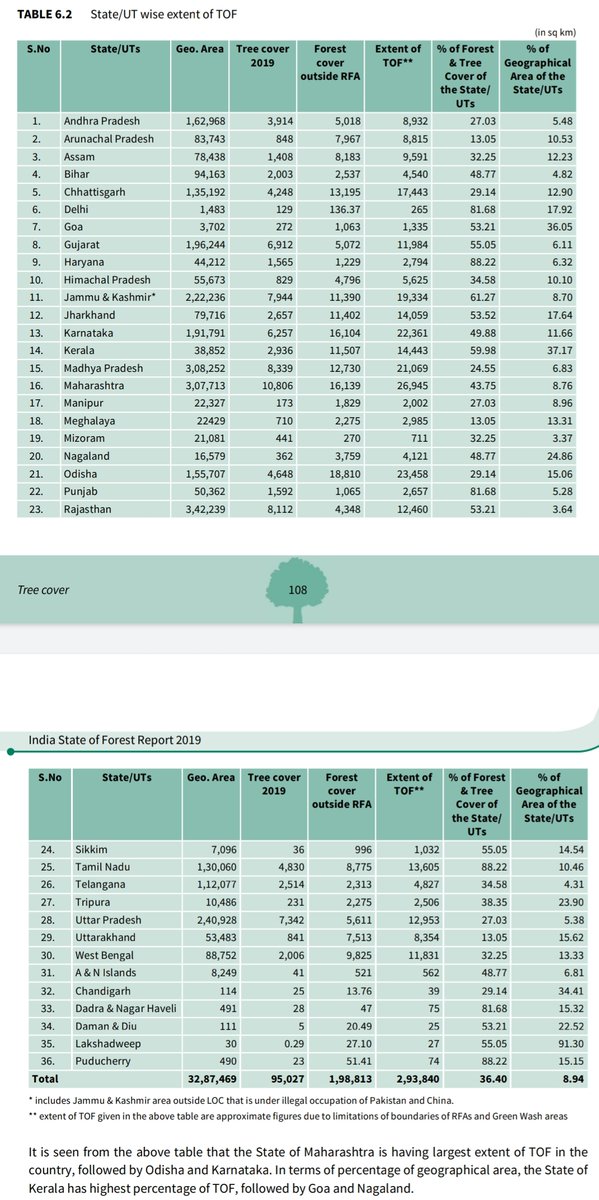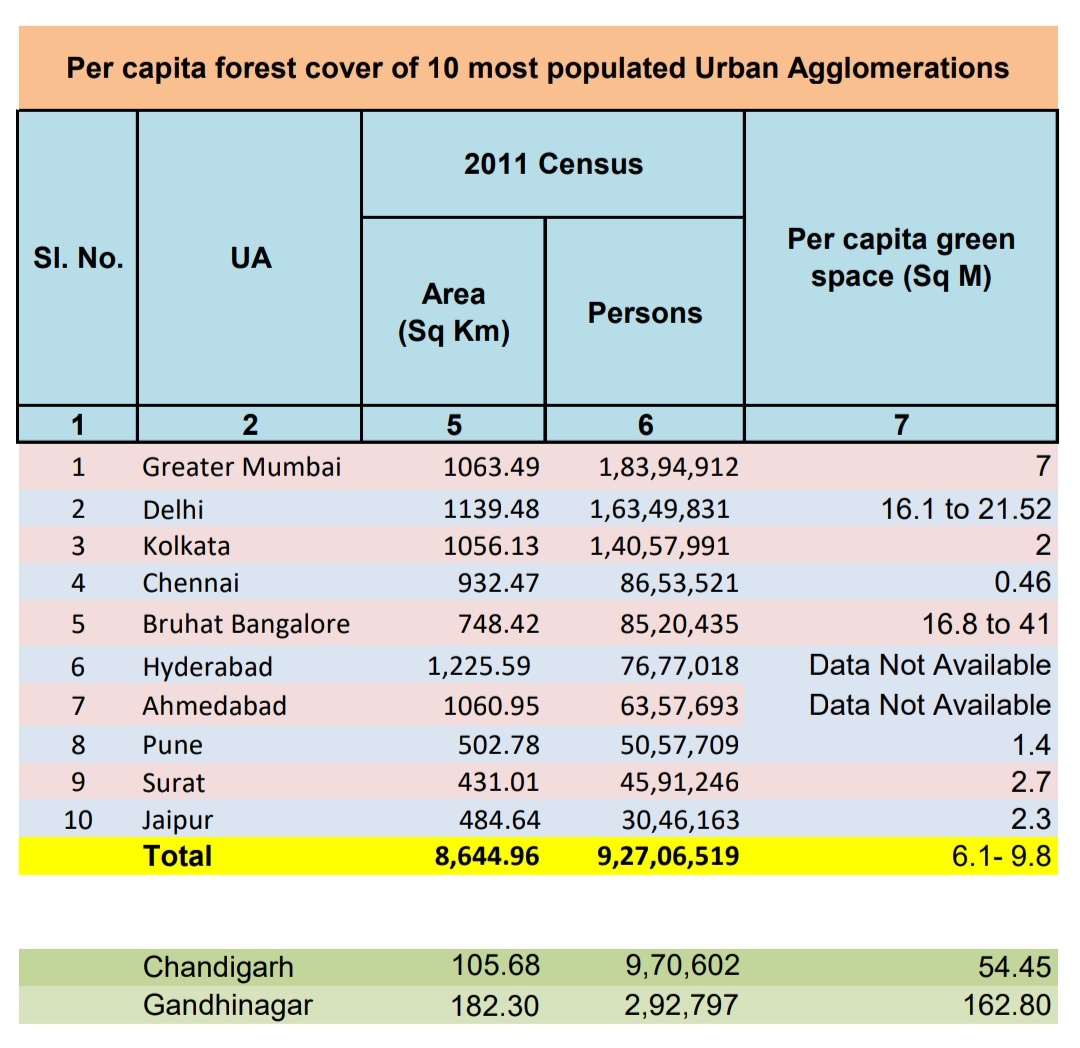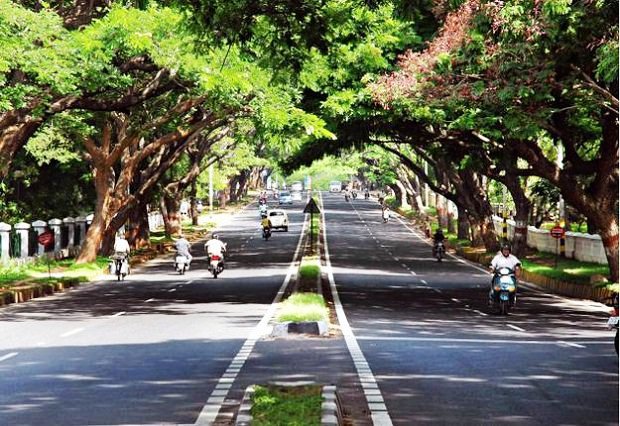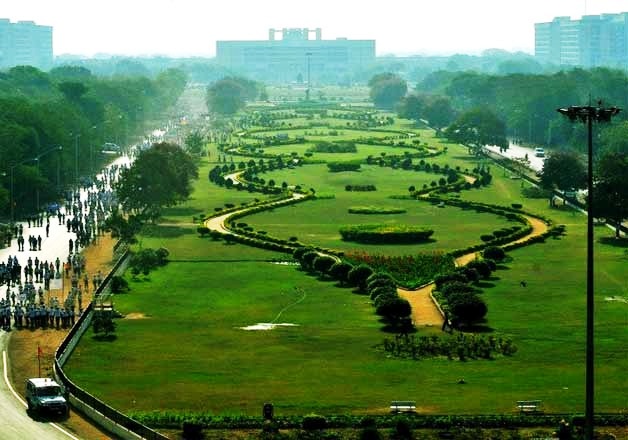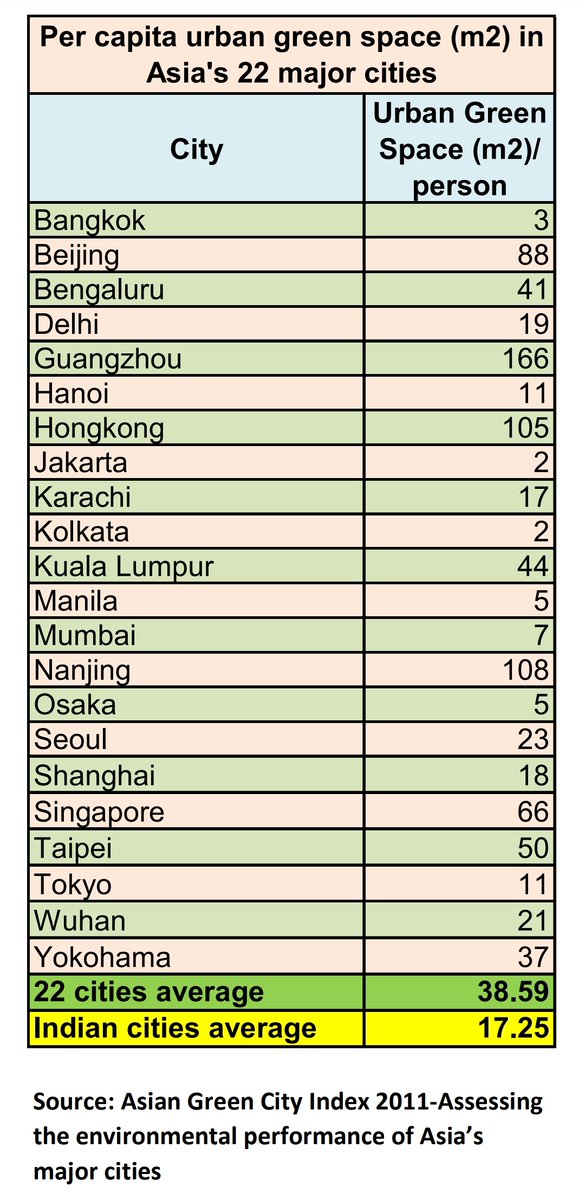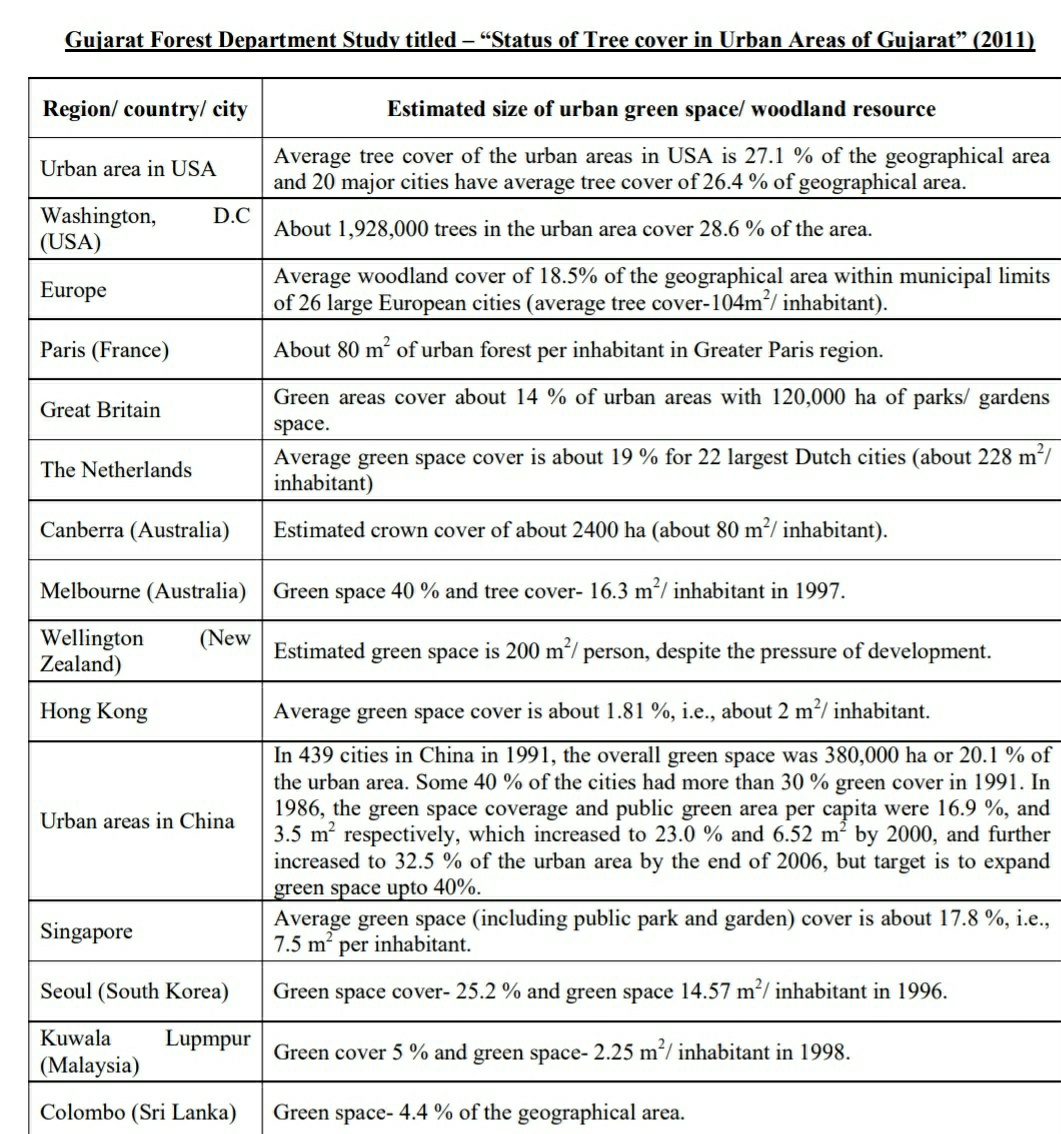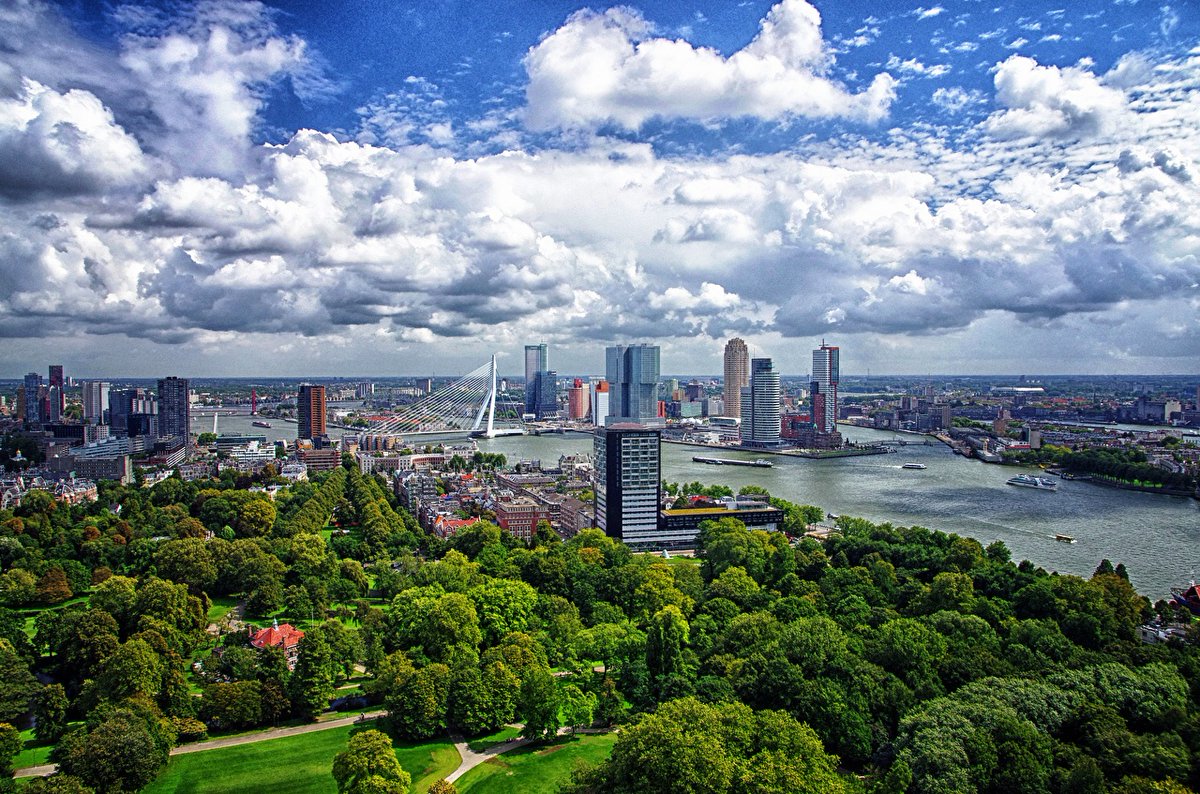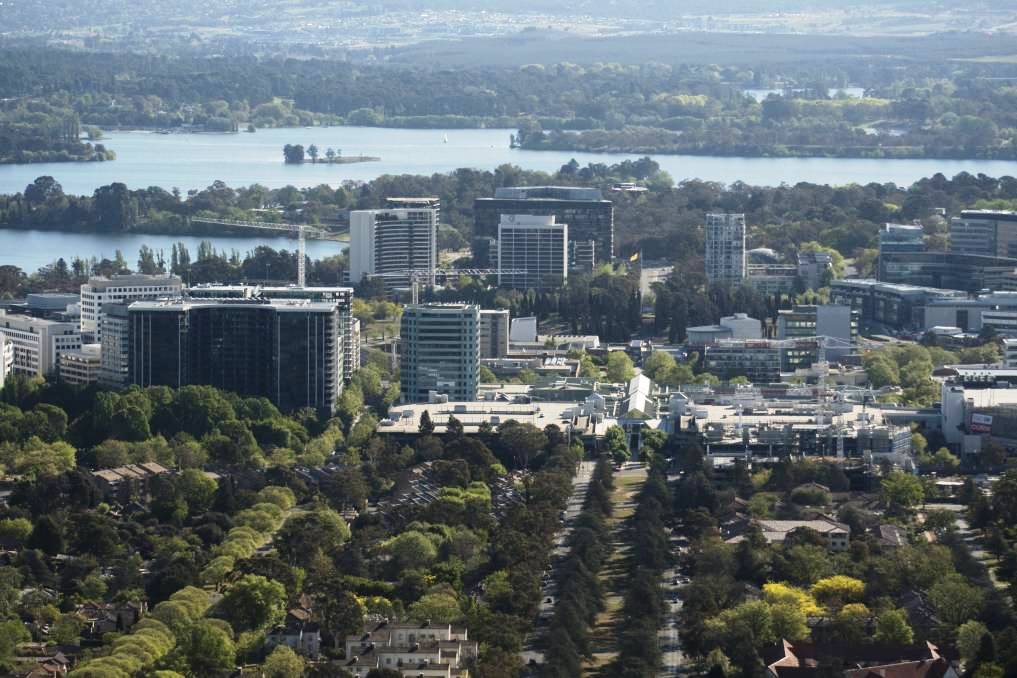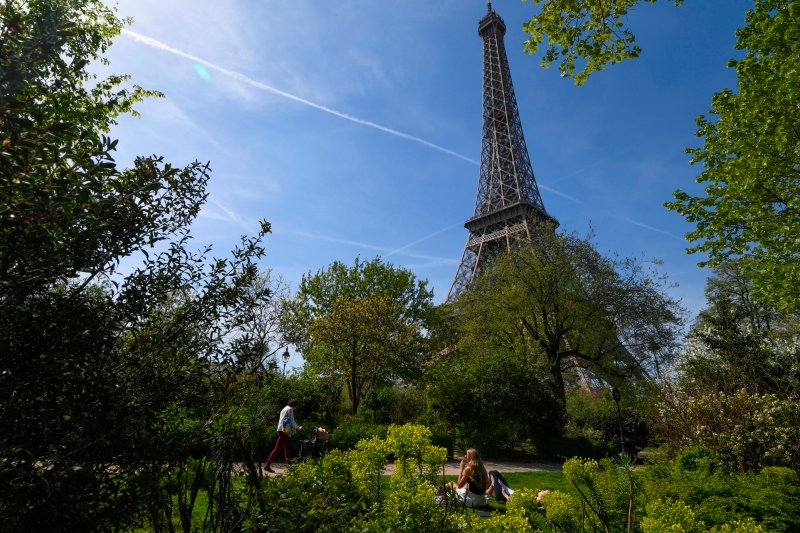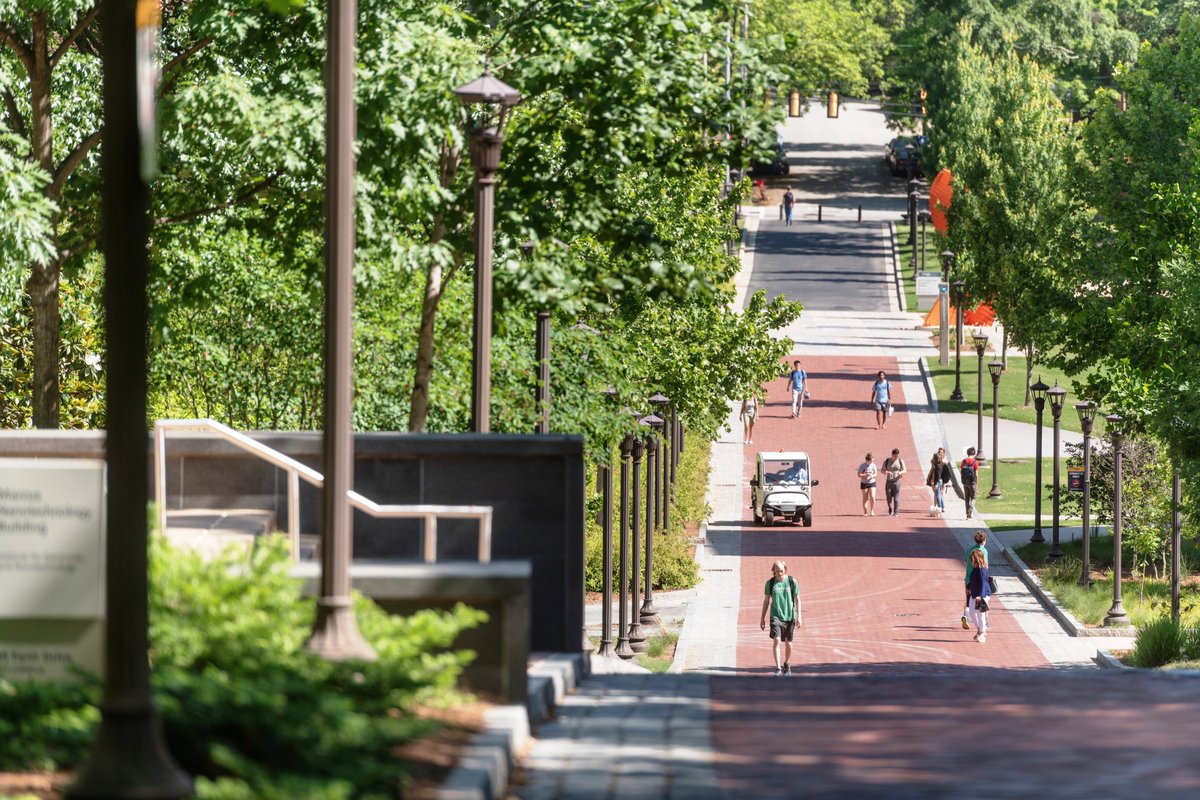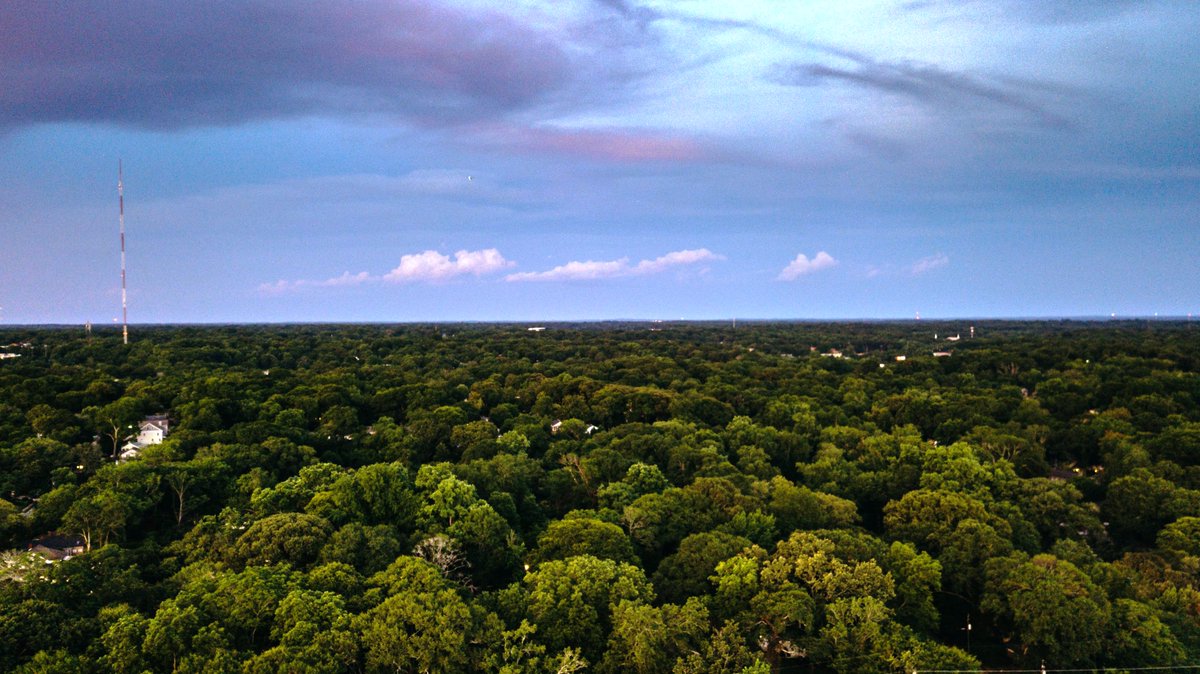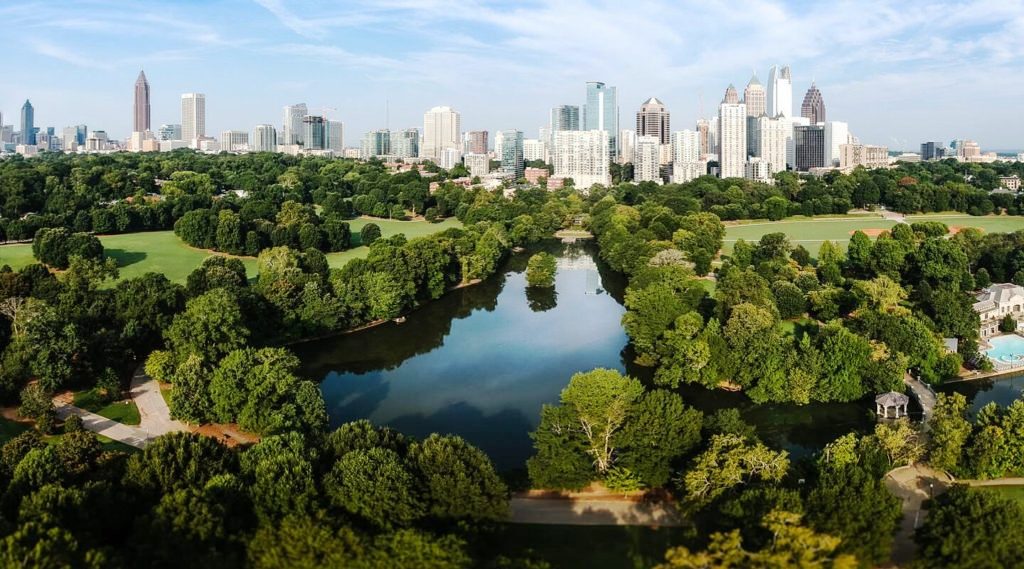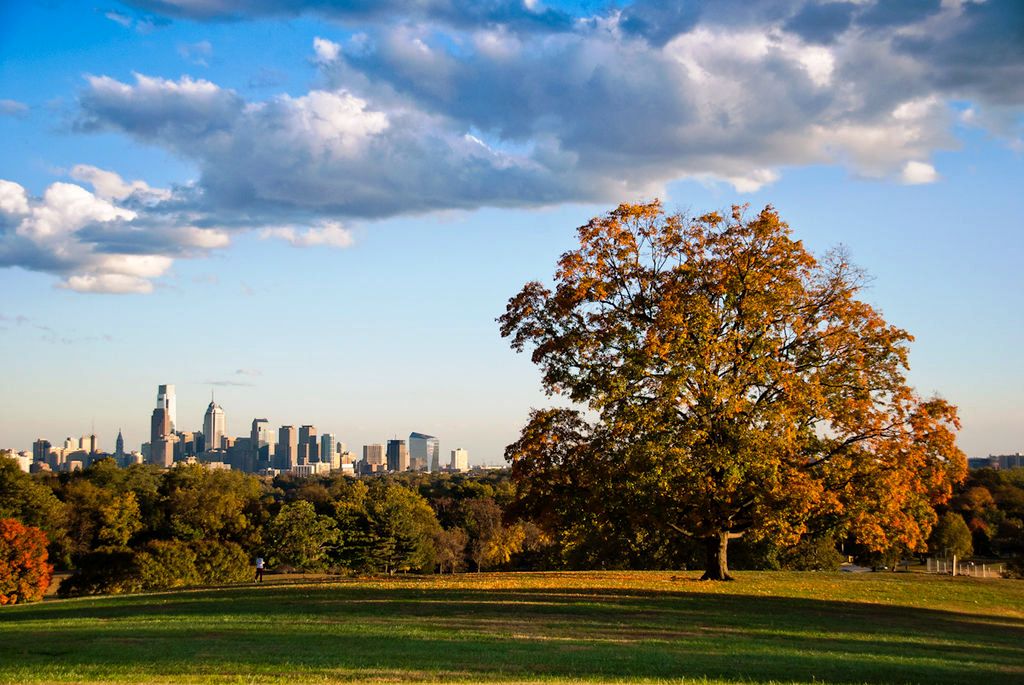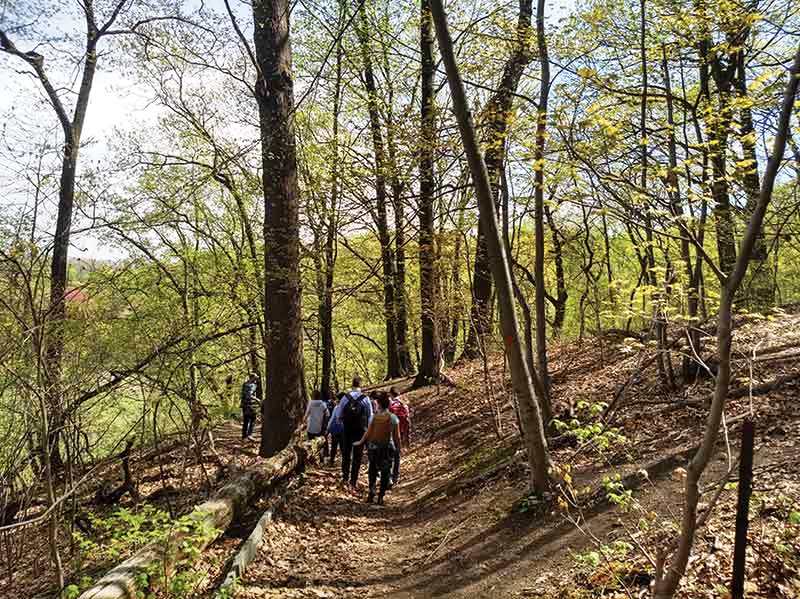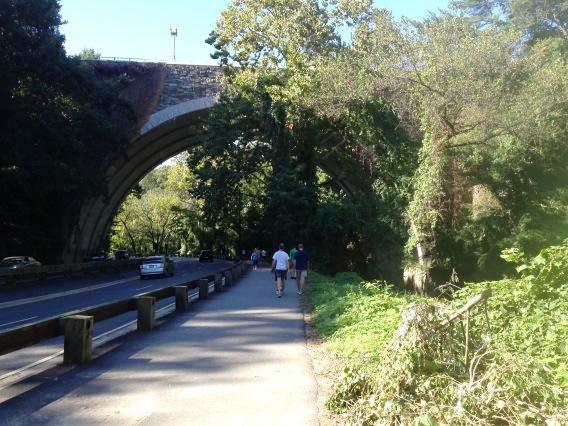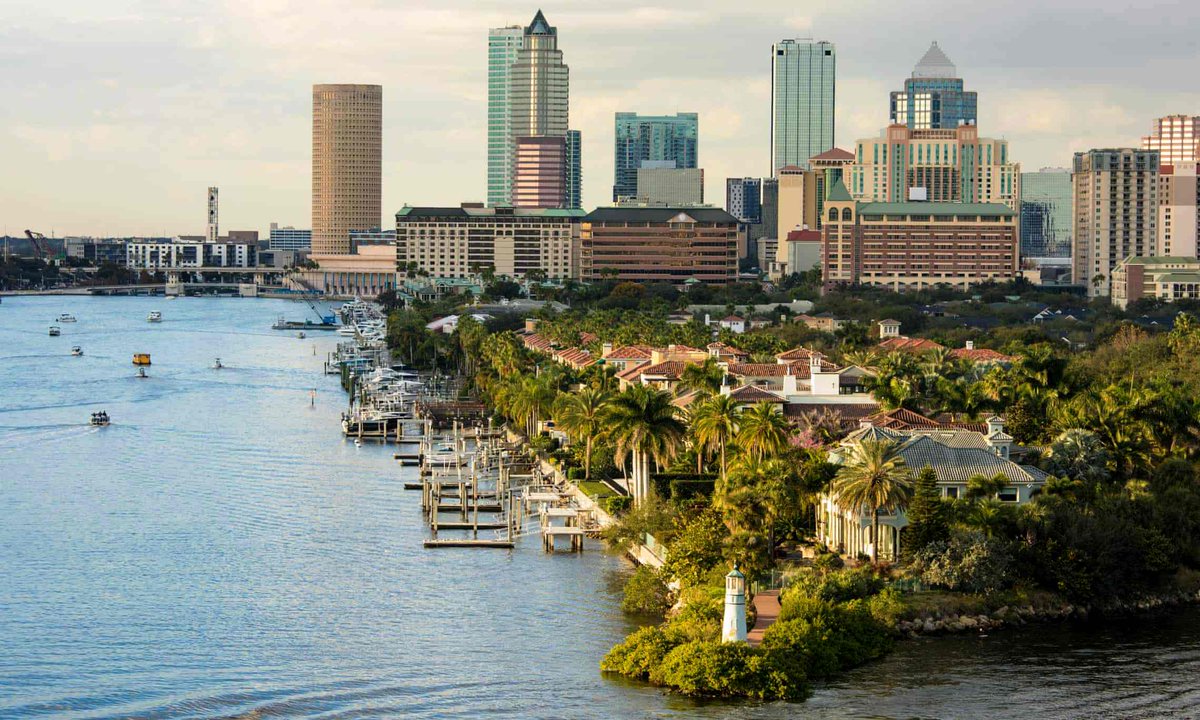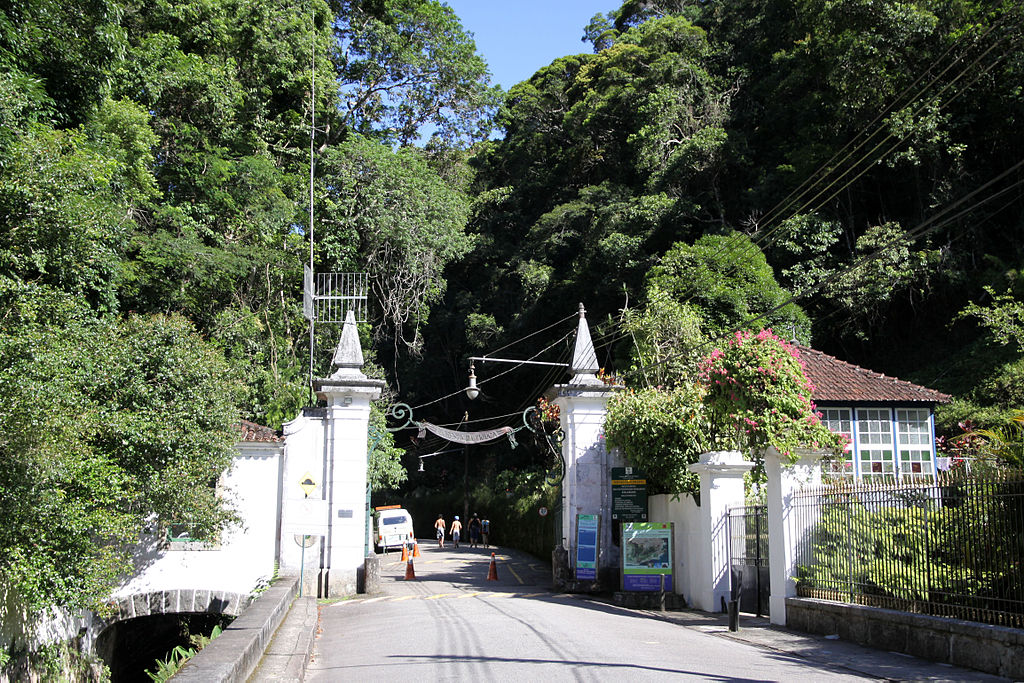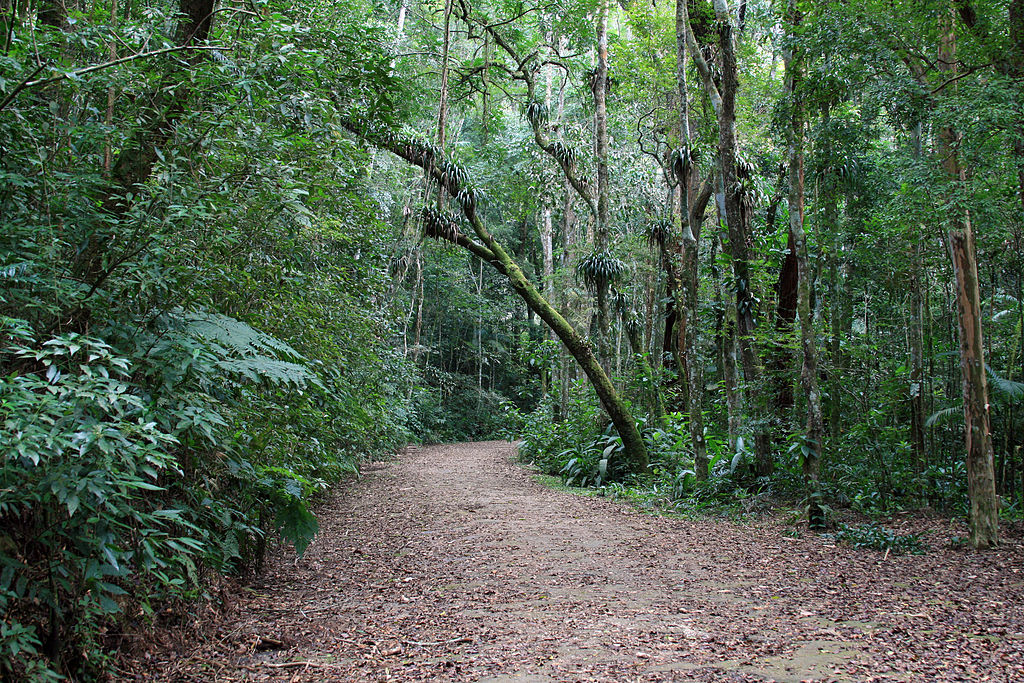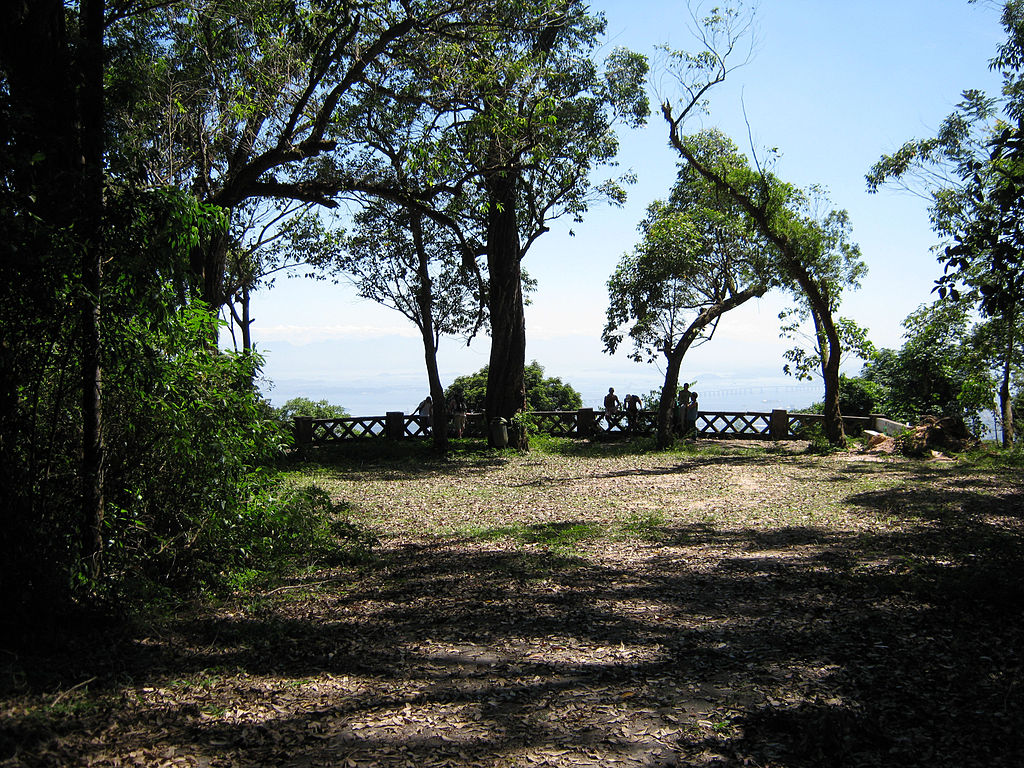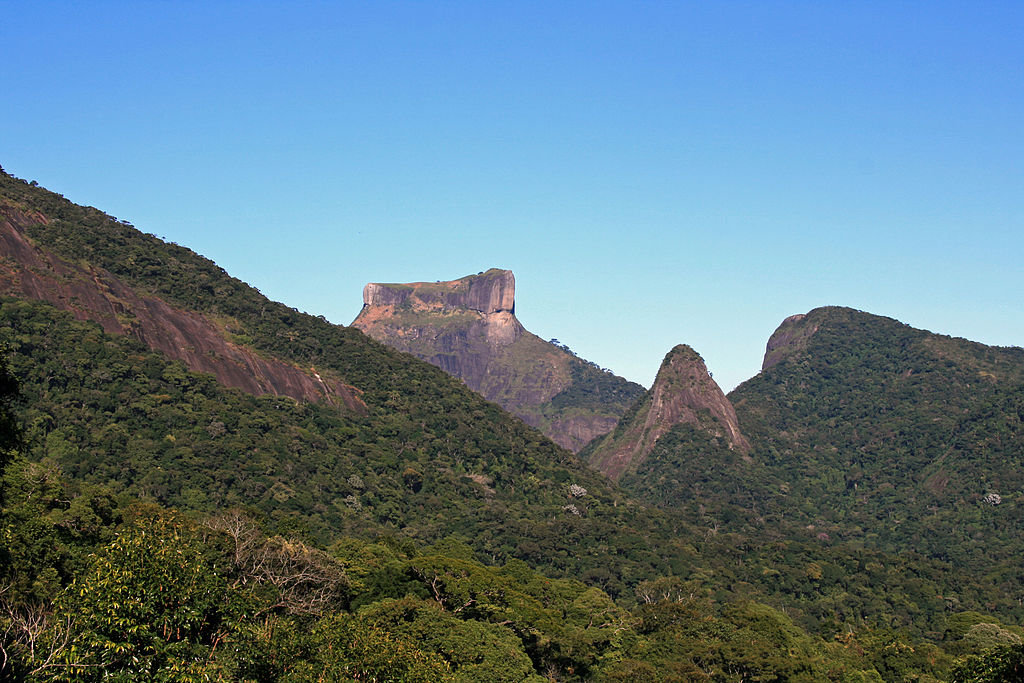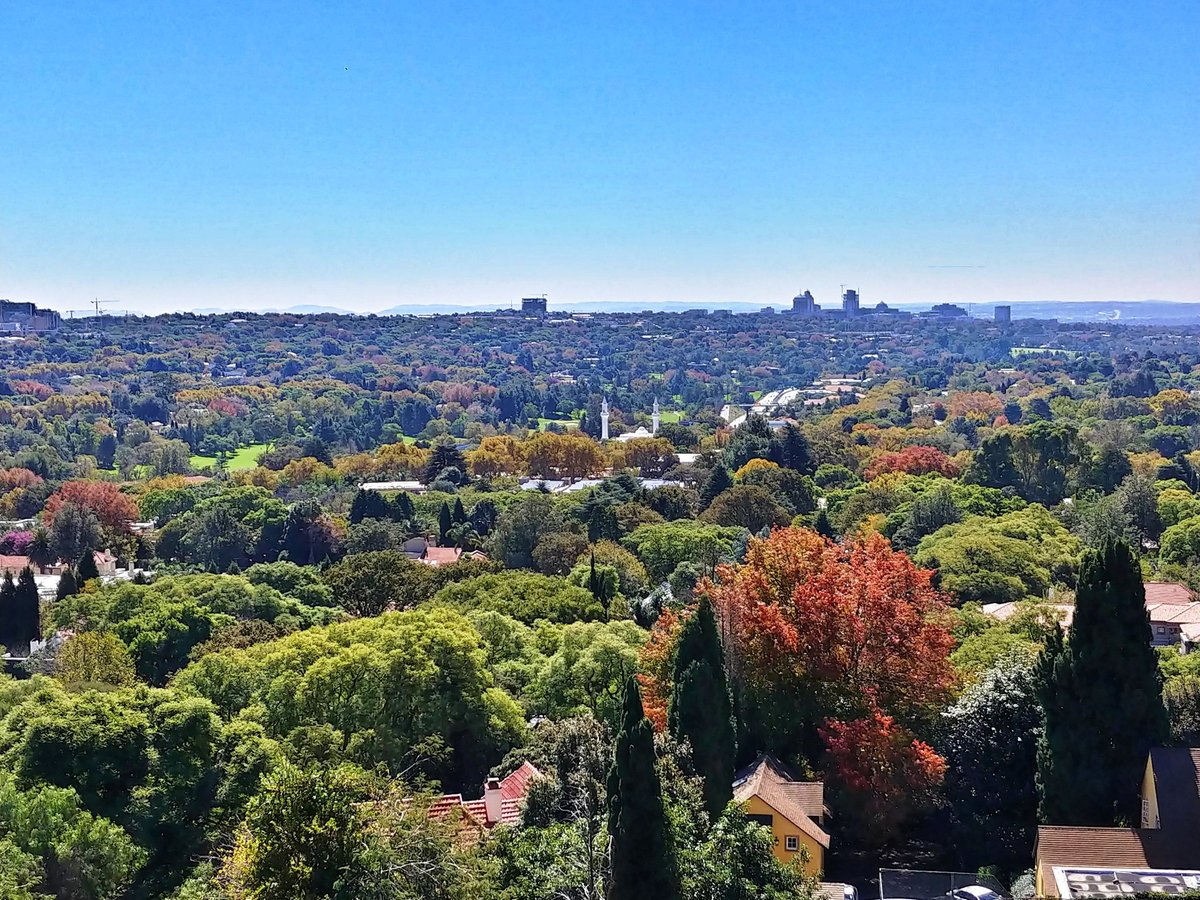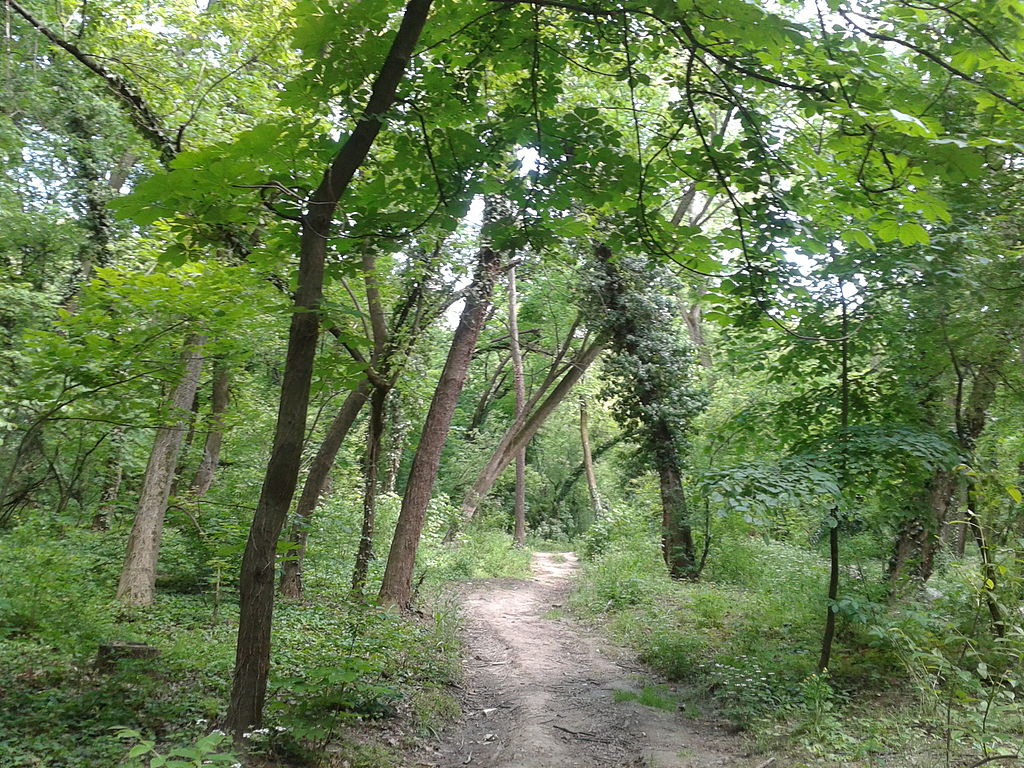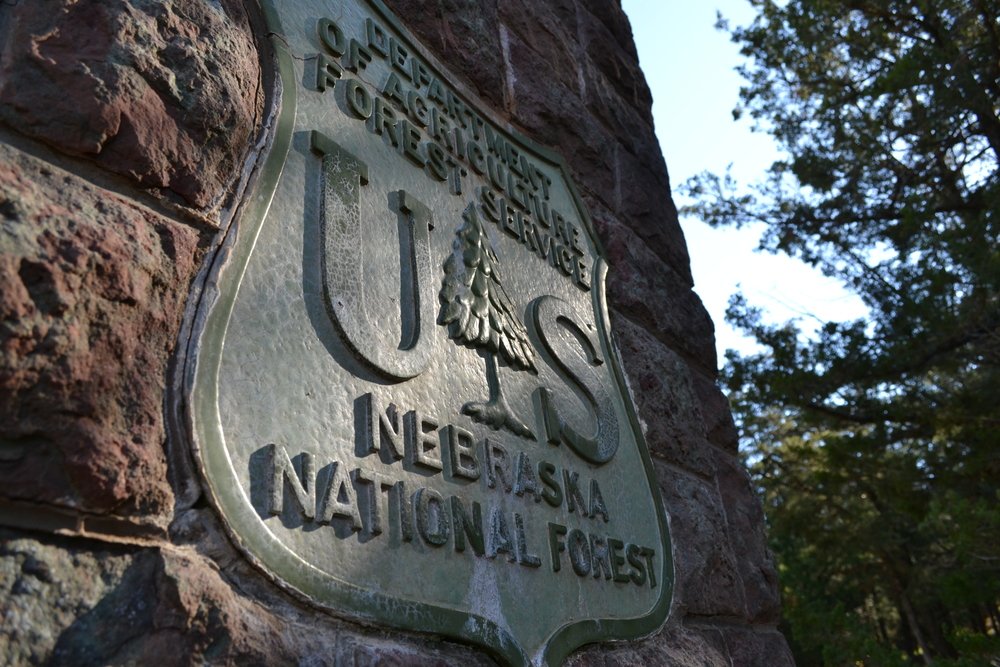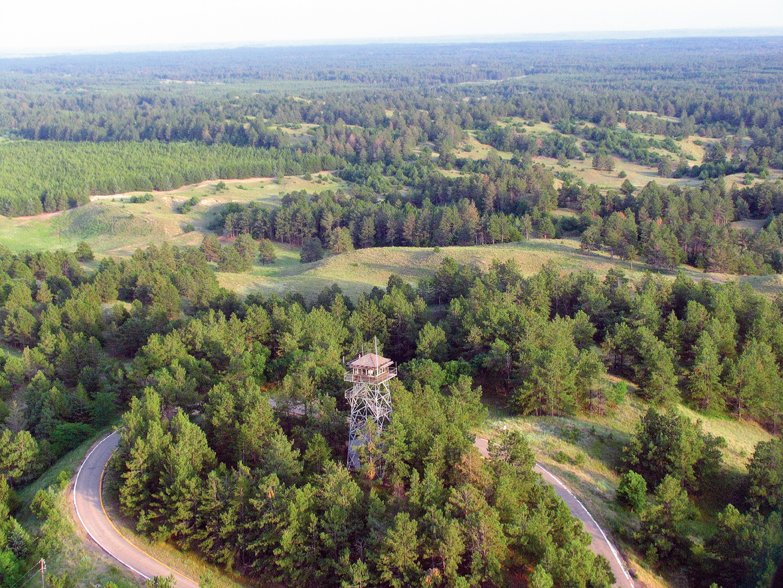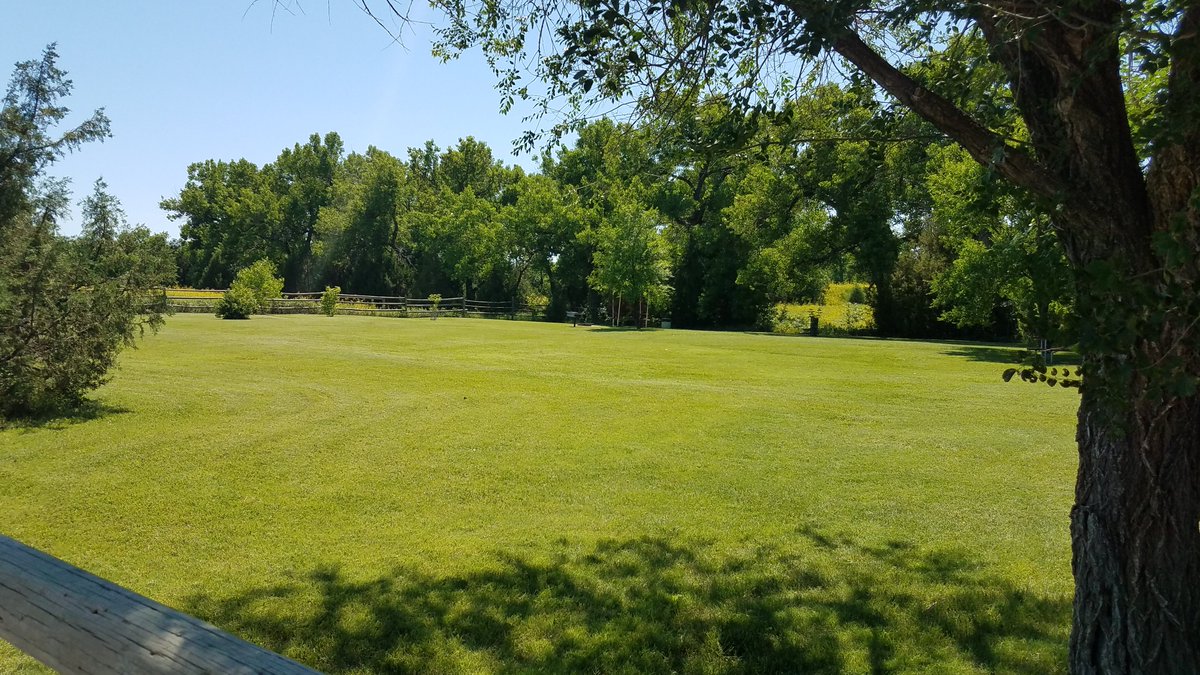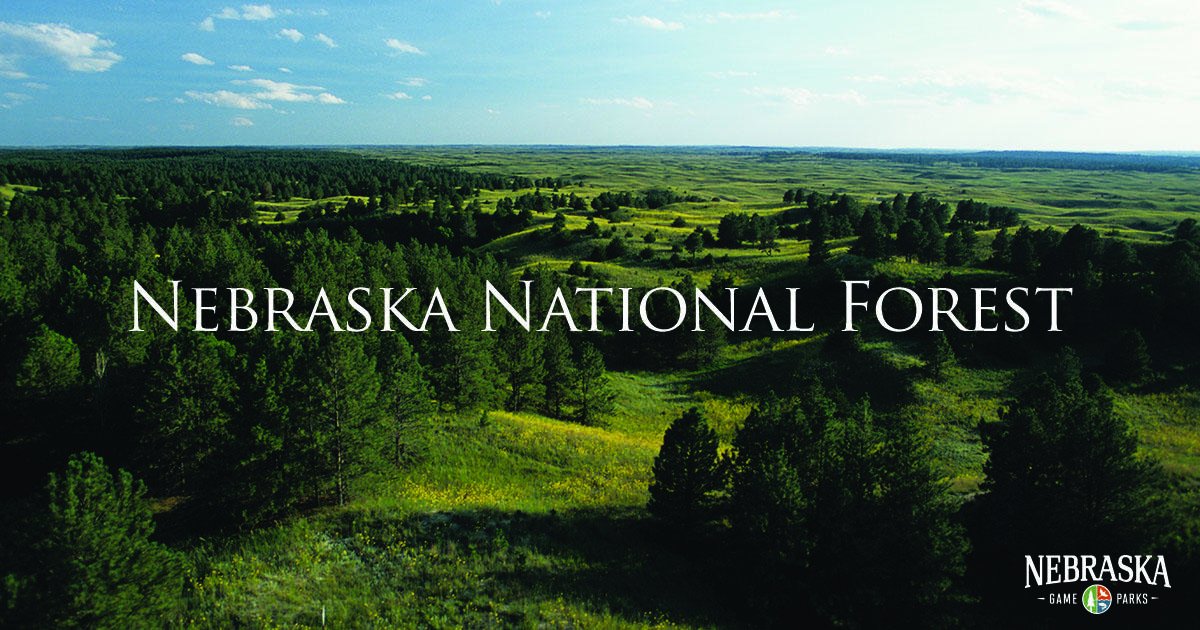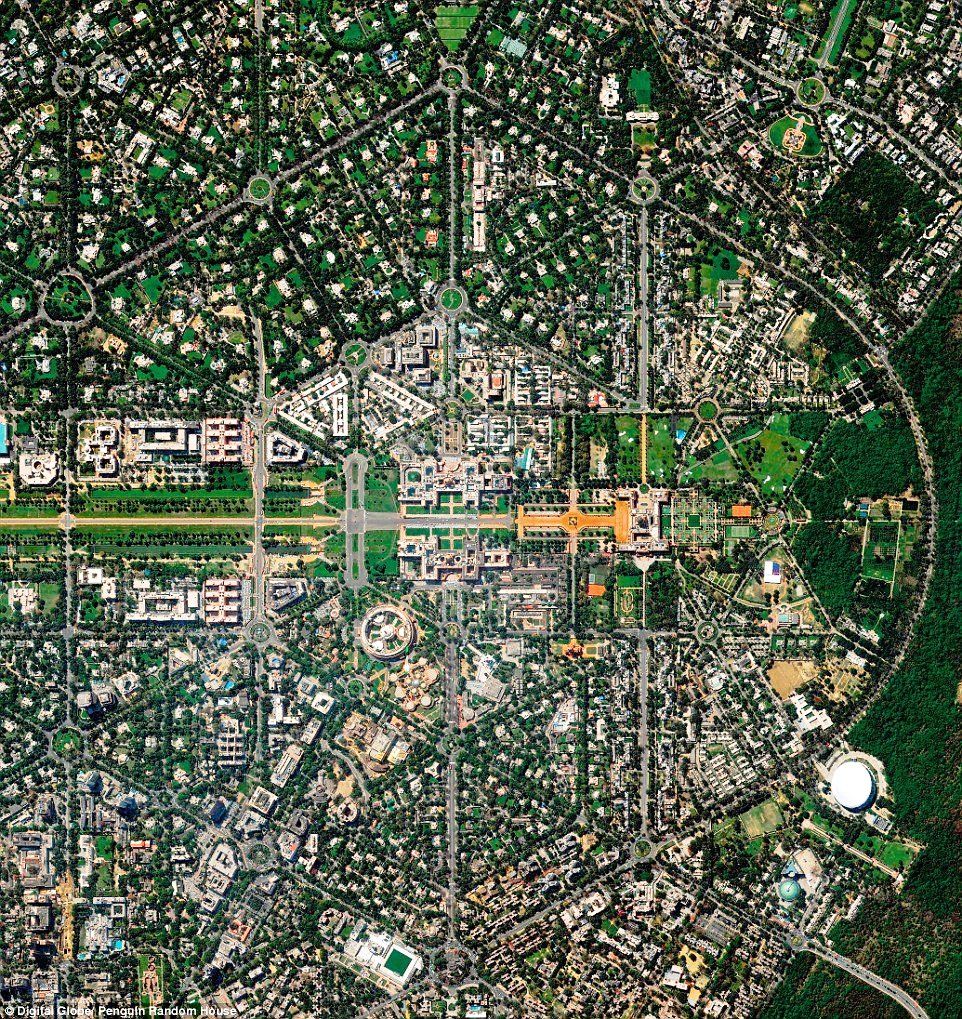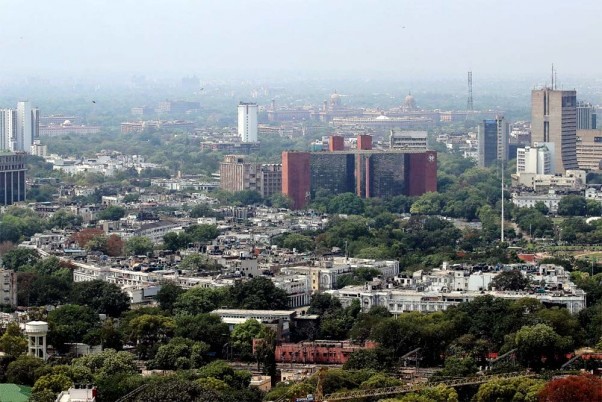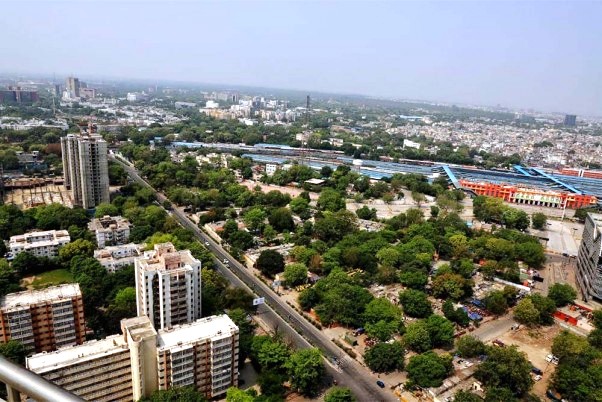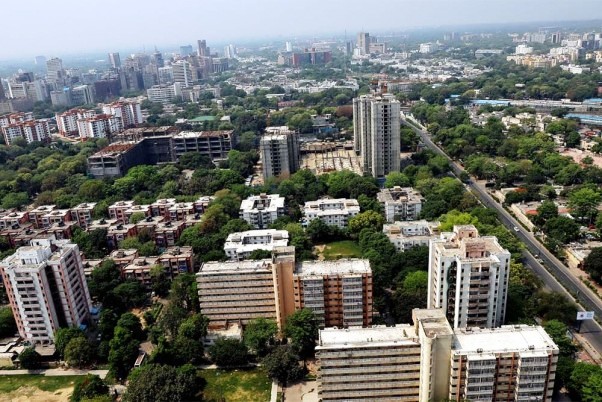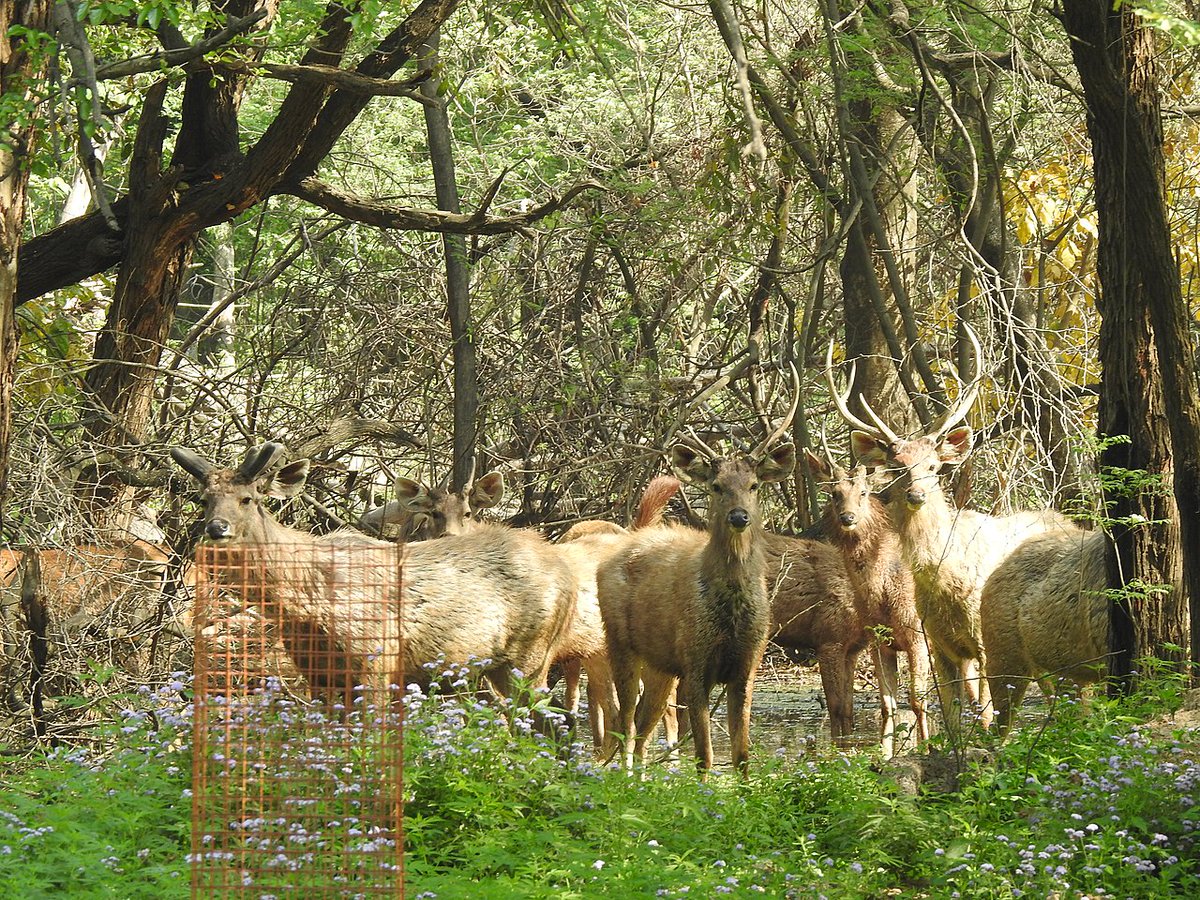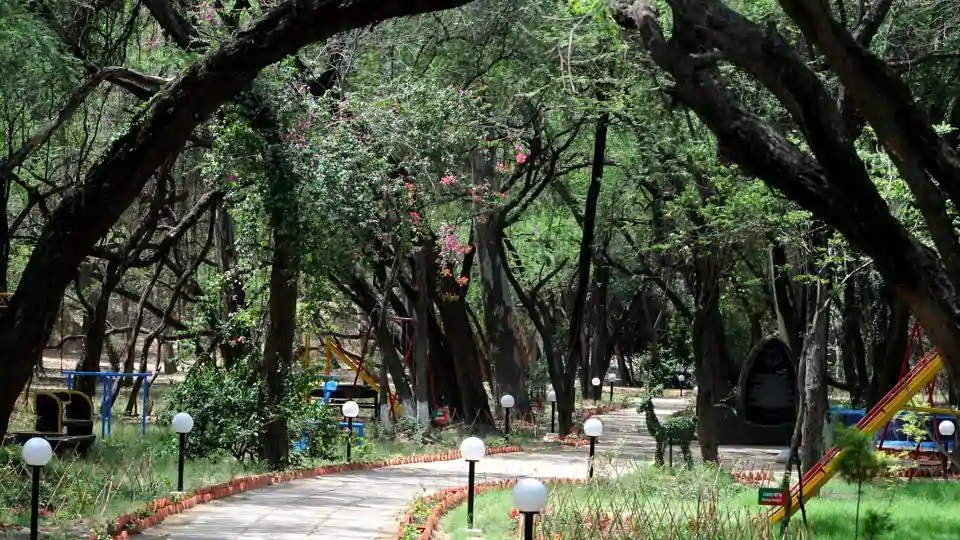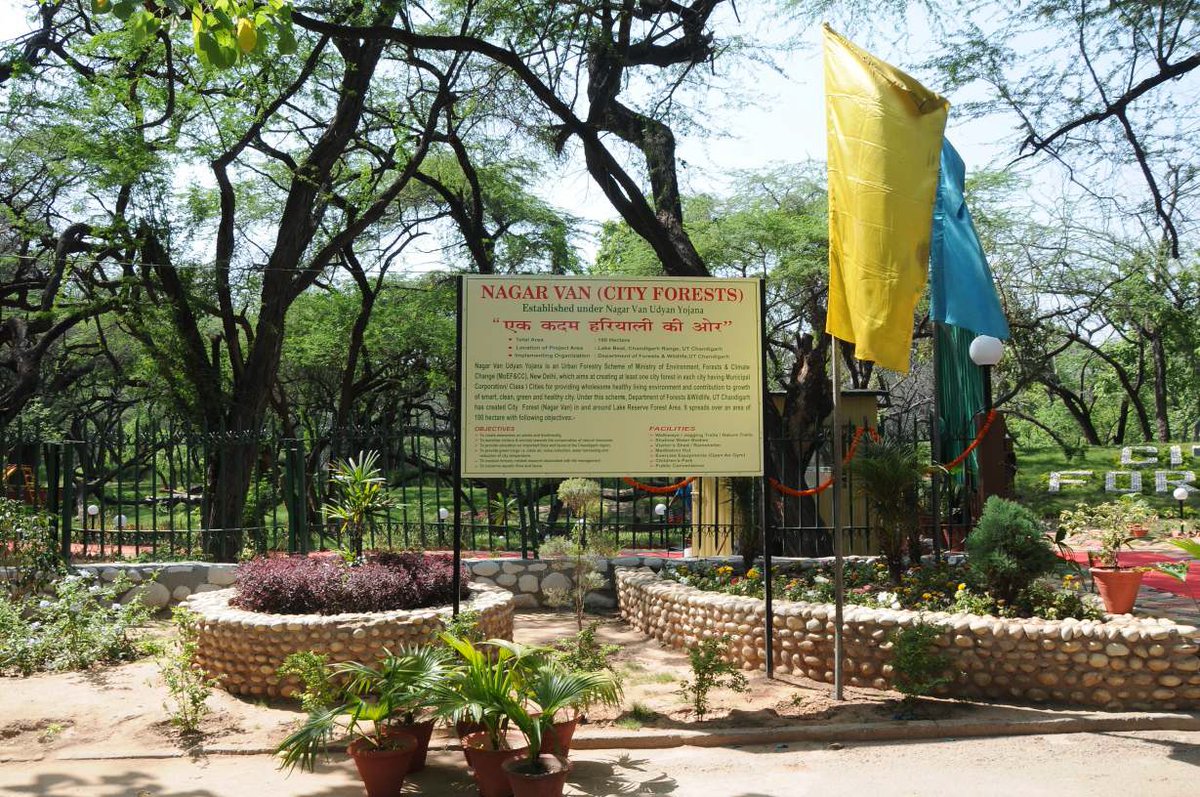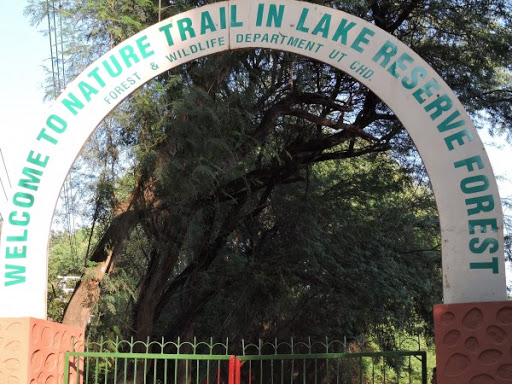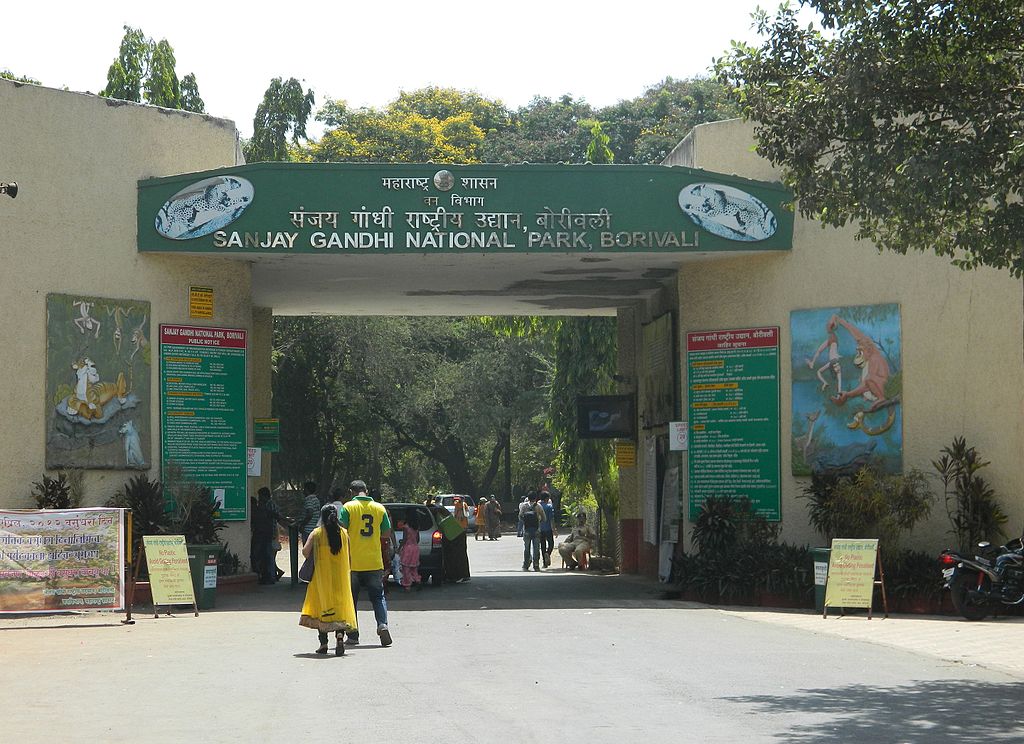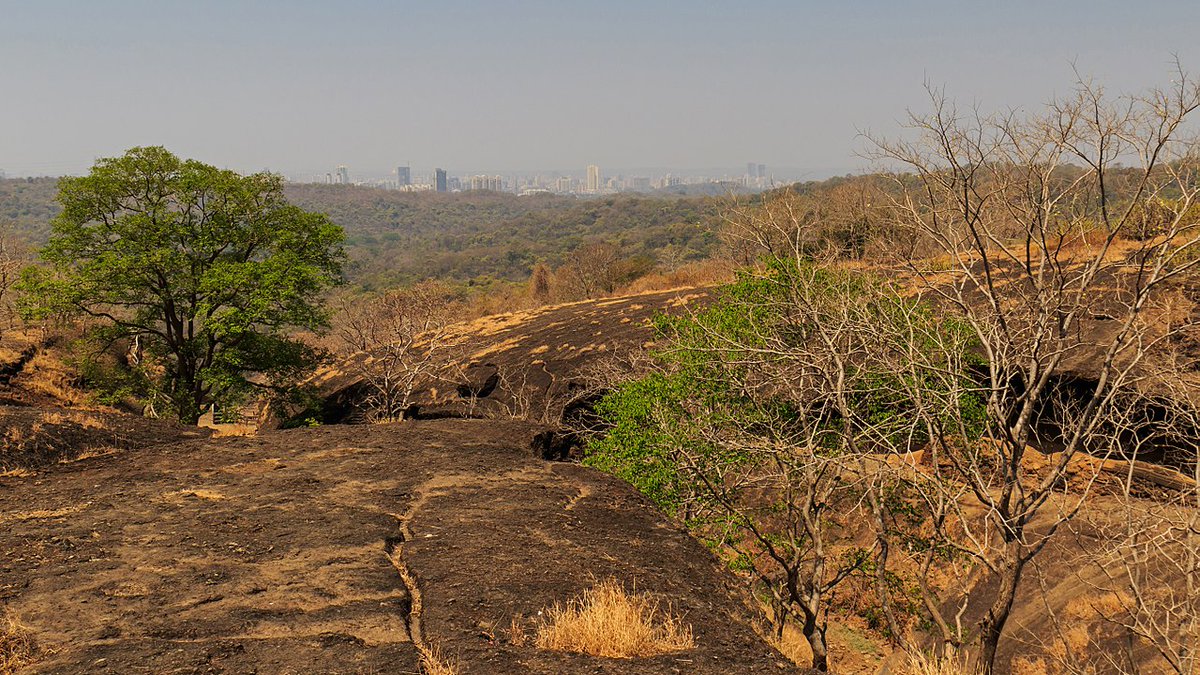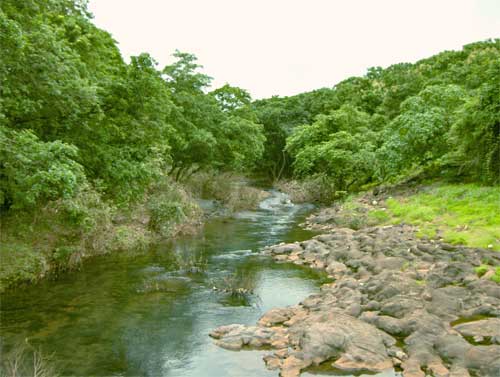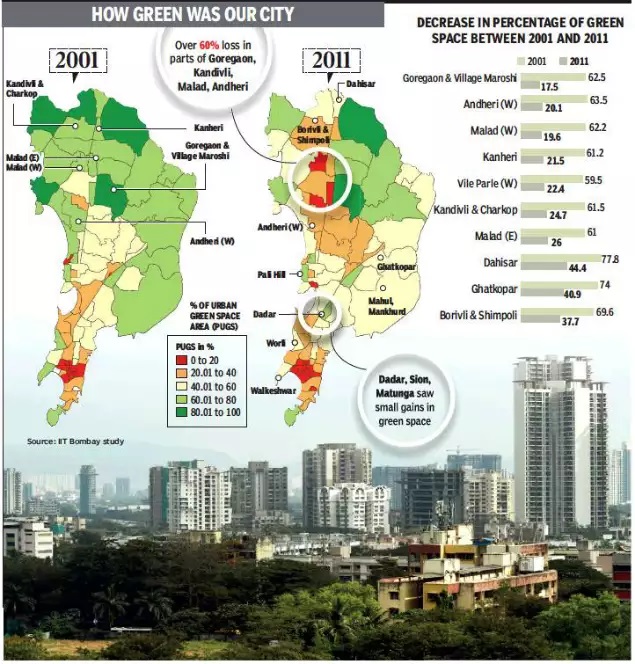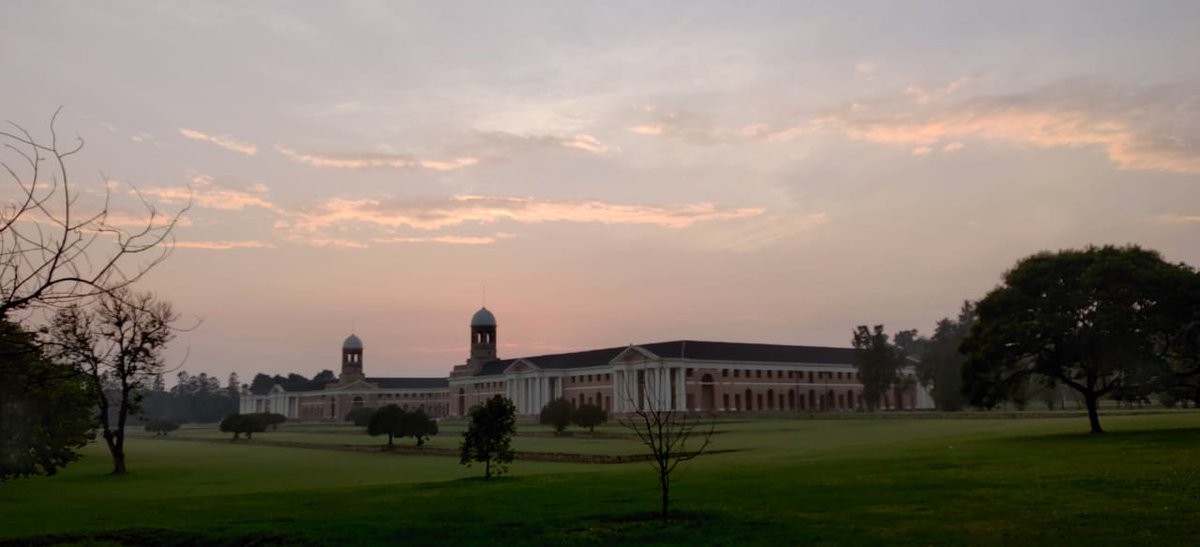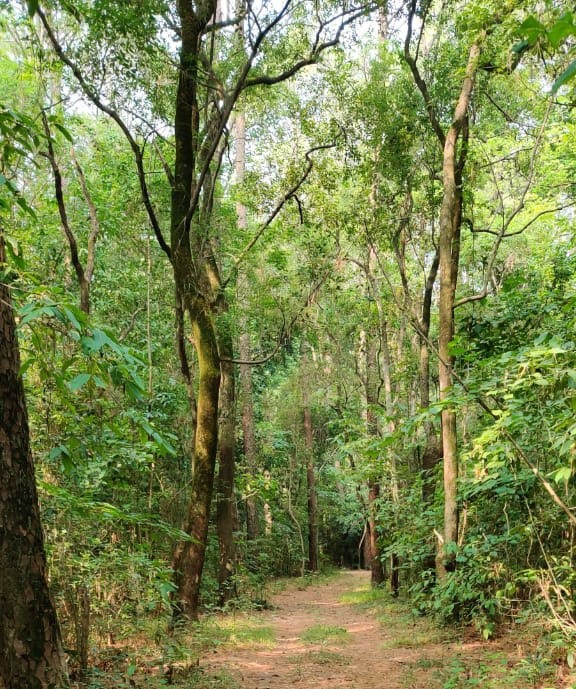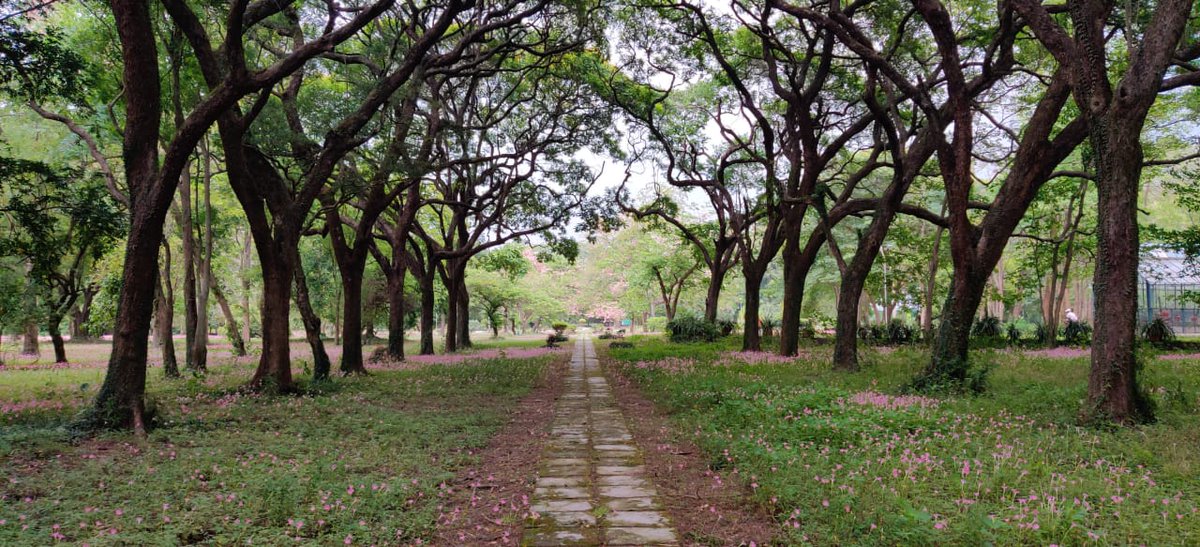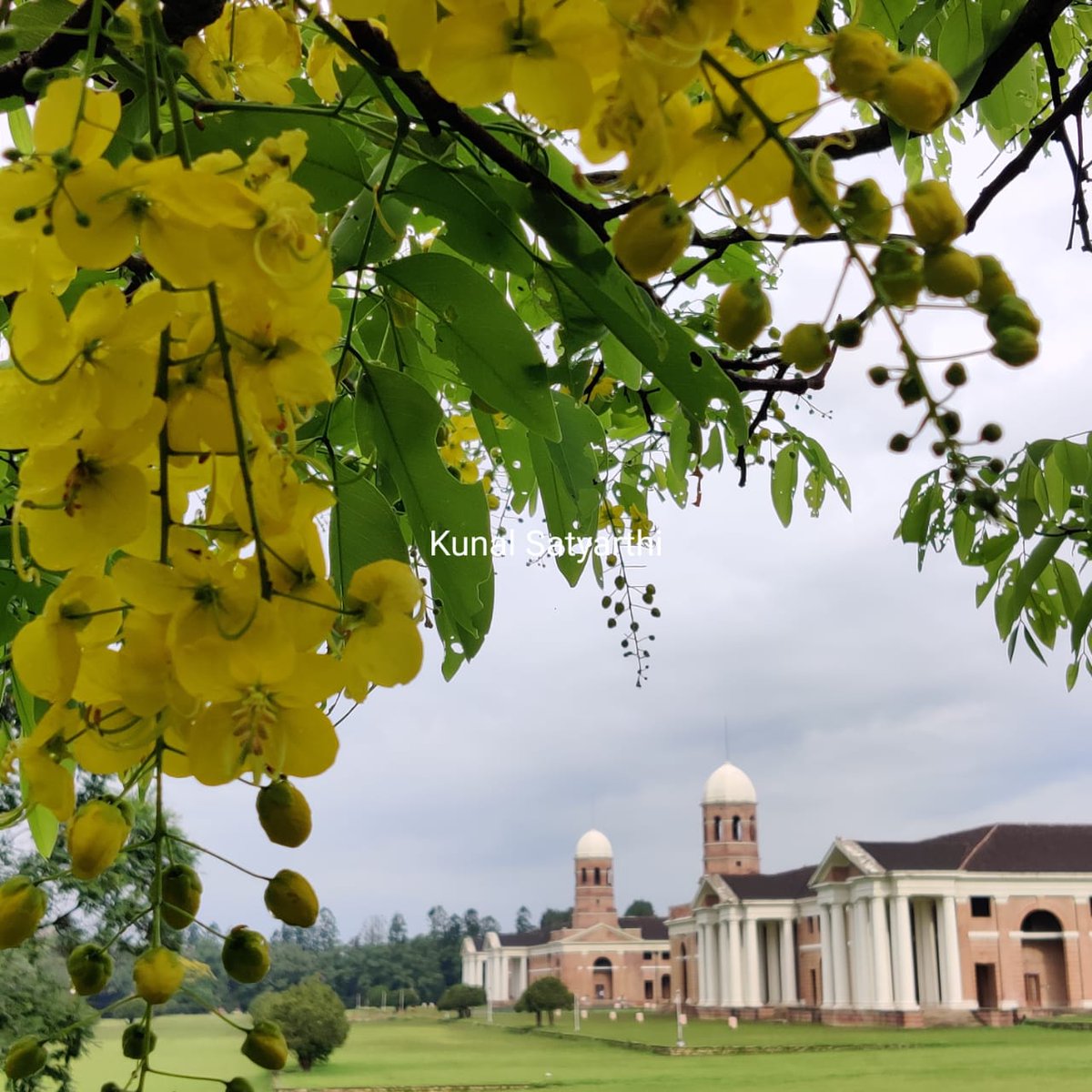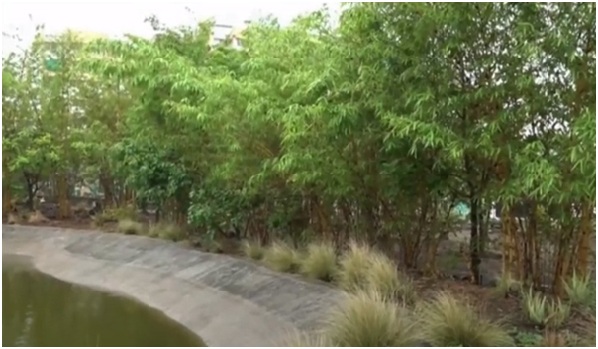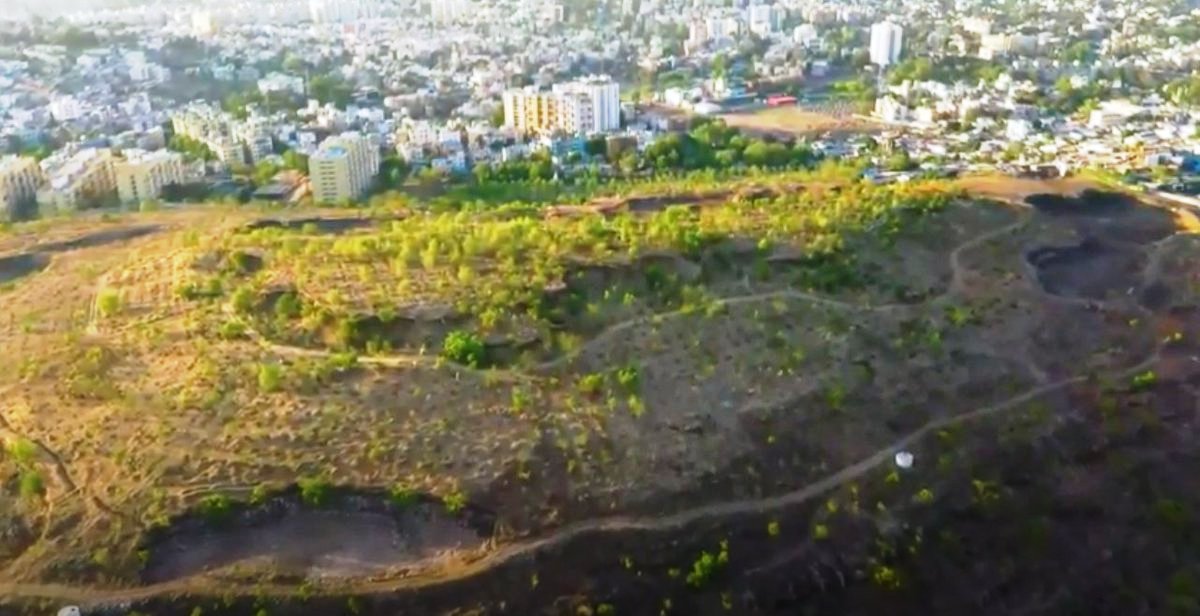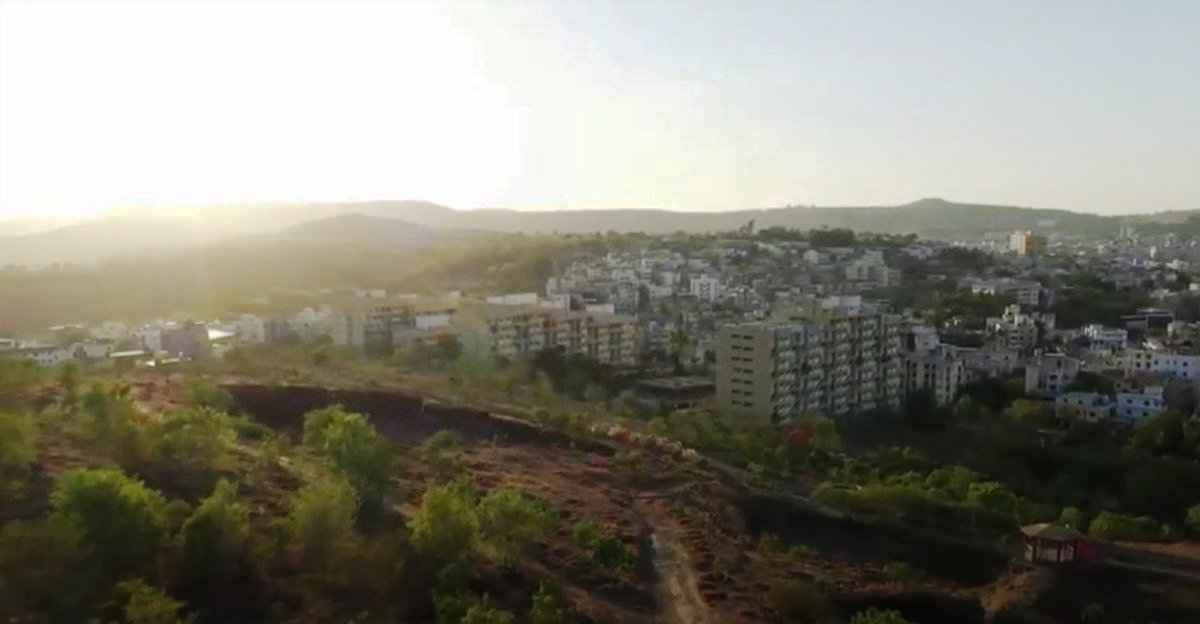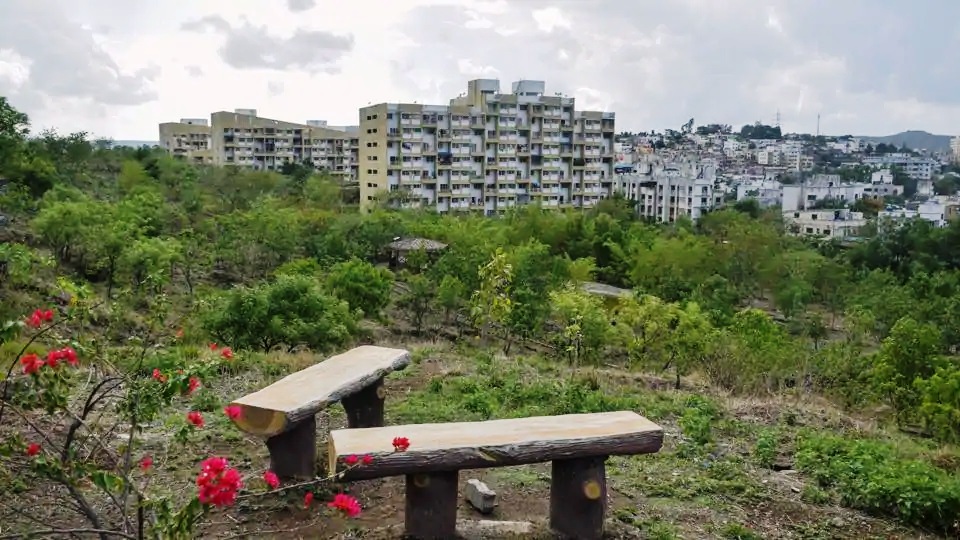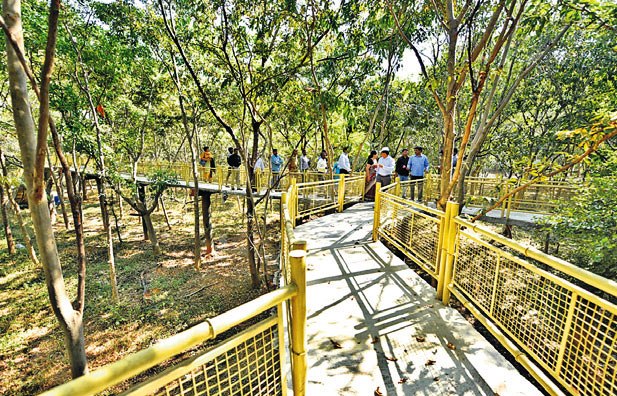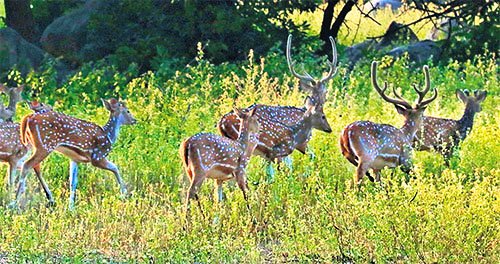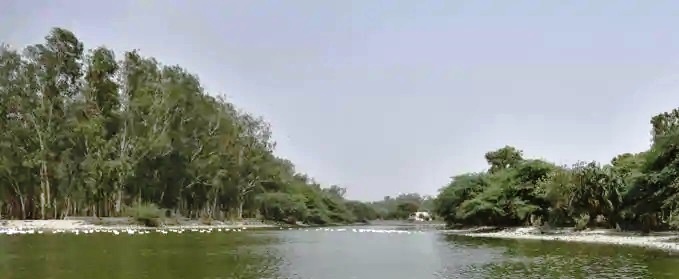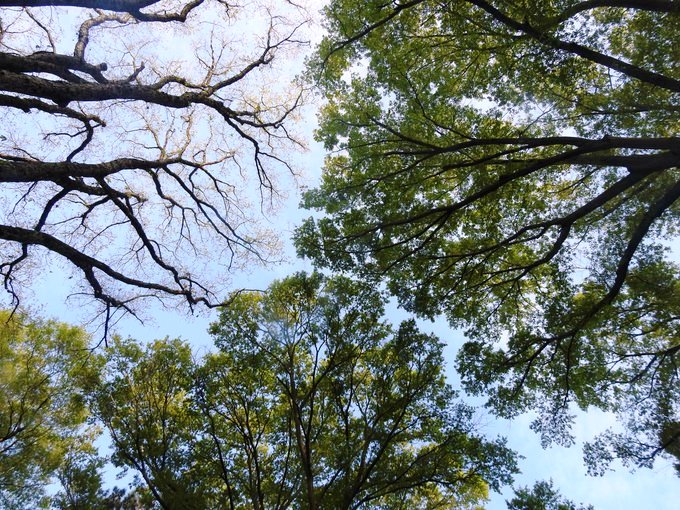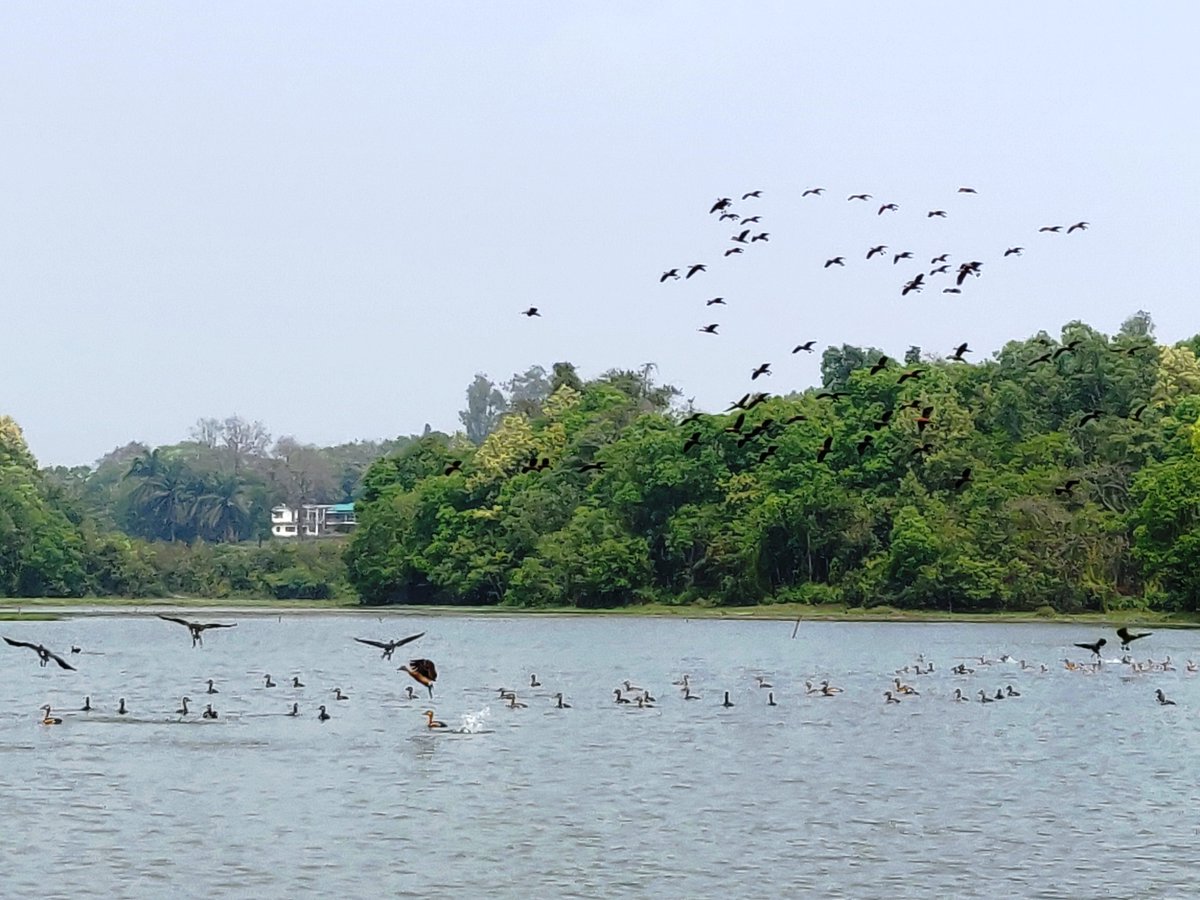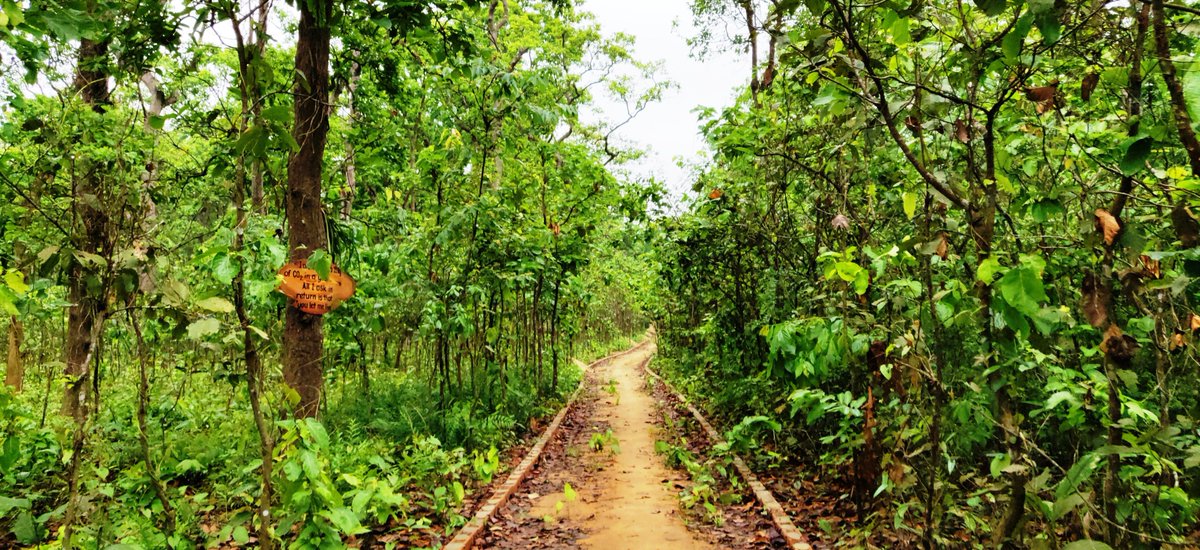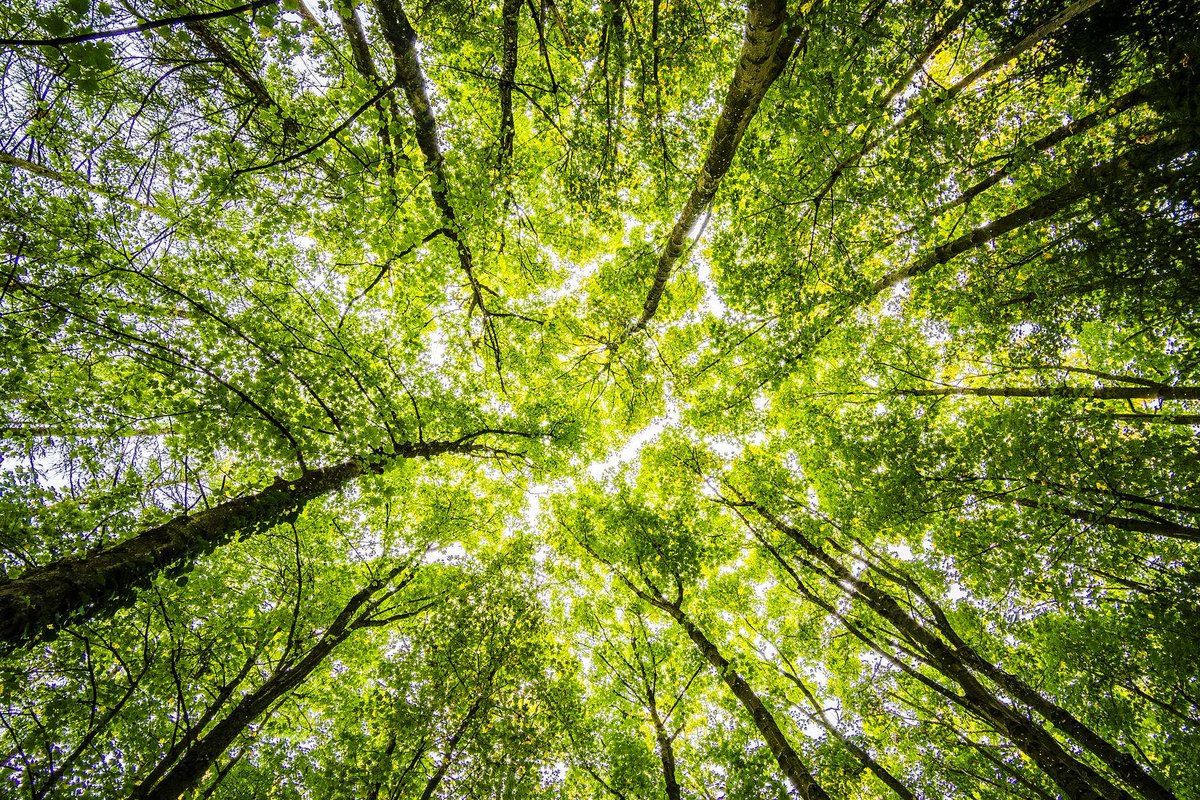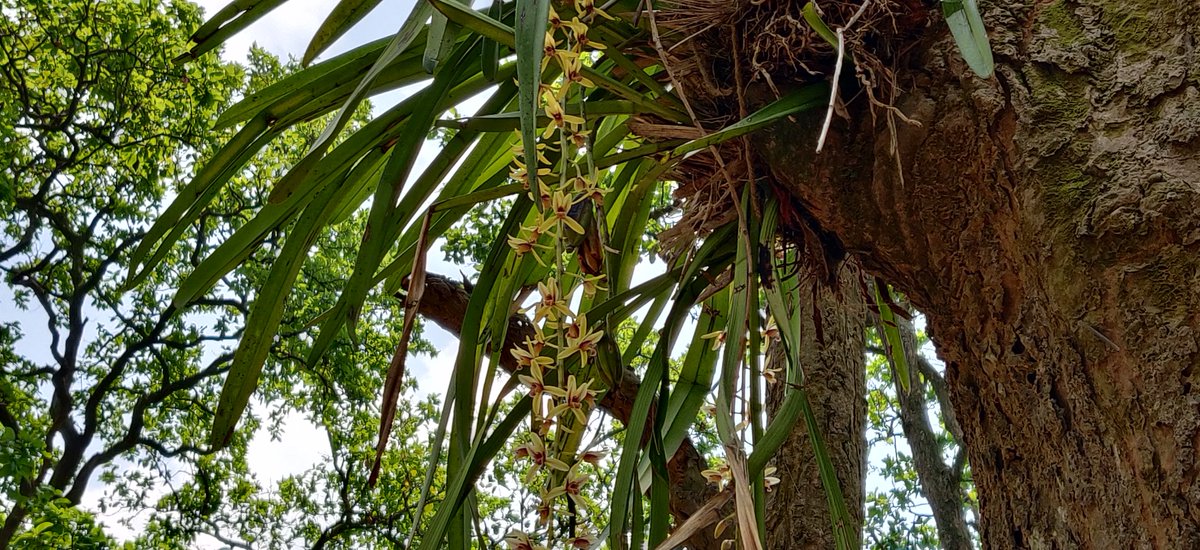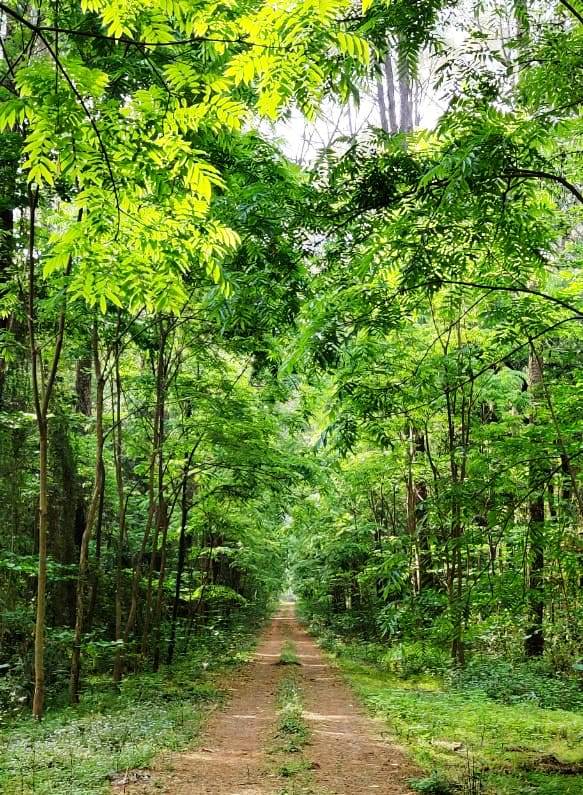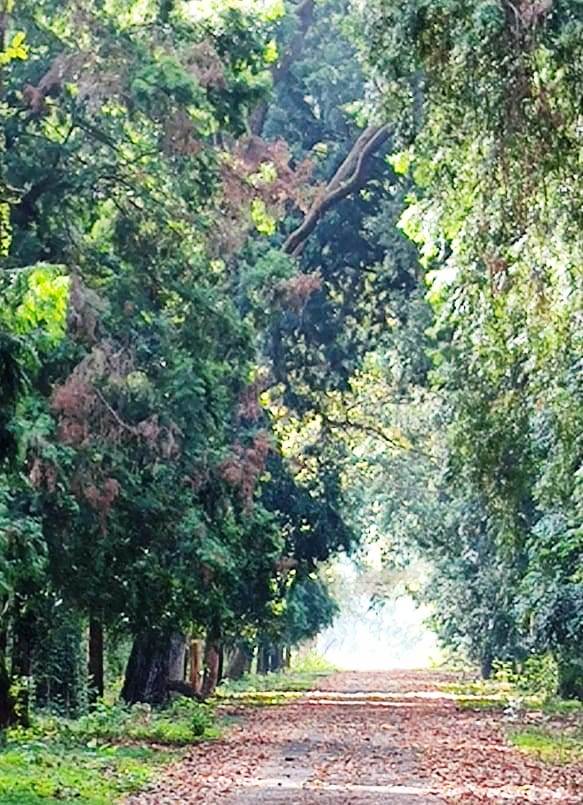#Thread
Urban Forests: It’s time we brought forests into our cities.
1/ What is man without nature? And what our children would know of nature and its infinite wonders & joys amidst ever increasing mass of concrete in our densely populated, and often highly polluted, cities?
Urban Forests: It’s time we brought forests into our cities.
1/ What is man without nature? And what our children would know of nature and its infinite wonders & joys amidst ever increasing mass of concrete in our densely populated, and often highly polluted, cities?
2/ How can we expect our future generations to develop a love of nature if all they see is buildings and more buildings? It will be a collective failure of disastrous proportions if we do not bring nature back into the lives of our children.
3/ I remember my stay in Delhi most for its numerous parks & city forests. And, I still cherish jogging in the iconic Lodhi Garden & Nehru Park and joyous cycling trips to its green treasures like Sanjay Van, Jahanpanah Park, Aravalli Biodiversity Park, Delhi Ridge etc.
4/ On a number of such occasions, especially on holidays, I would be accompanied with my family to all these islands of serenity nestled amidst a bustling city. The thrill & joy of long nature walks in the filtered sunlight would evidently elevate our spirits to no end.
5/ However, city dwellers in our country remain generally deprived of even slight connect with nature as our urban areas continue to struggle with alarming levels of environmental pollution. Sadly, the urban poor are the worst sufferers of air, water & land pollution in cities.
6/ A significant part of the solution is to bring forests right into our cities to increase the resilience in the environmental system and restore the delicate balance of the natural world. Forests can save us from the scourge of environmental pollution in our urban landscapes.
7/ The COVID-19 pandemic is an unmissable warning sign and a wakeup call to the world community to act fast to bridge the widening chasm between humans and nature. Creating green spaces/ wooded areas/ forests in urban settings/ landscapes is one of the solutions.
8/ We have only 2.5 % landmass & 4% freshwater sources of the world to cater to ~16% of world's population. To compound the issue, the increasing population is getting rapidly concentrated in already stressed urban areas resulting in serious ecological & social implications.
9/ ~1/3rd of country’s population lives in urban areas and we are fast approaching a point of rural-urban population inflection when > 1/2 of our people will live in cities.
As per 2011 census:
-About 31% of country’s urban population lives on just ~7% of country's land;
As per 2011 census:
-About 31% of country’s urban population lives on just ~7% of country's land;
10/
-We have 53 million-plus cities/ Urban Agglomerations accounting for an astonishing 43% of total urban population (160.70 million out of total 377 million urban population); and
-474 Urban Agglomerations (with population >1 lakh) account for ~70% of total urban population.
-We have 53 million-plus cities/ Urban Agglomerations accounting for an astonishing 43% of total urban population (160.70 million out of total 377 million urban population); and
-474 Urban Agglomerations (with population >1 lakh) account for ~70% of total urban population.
11/ The rapid pace of urbanization is having fundamental social & environmental consequences in the urban space and is affecting us like never before. As per a report, as many as 21 out of 30 most polluted cities in 2019 were from our country. Isn’t that worrisome?
12/ As per India State of Forest Report 2019, forest & tree cover outside the recorded forest area (Trees Outside Forest) is just 8.94 % of the country's geographical area. Clearly, the extent of forest & tree cover exclusively in urban areas would be much less than this.
13/ Unfortunately, we don’t have the Urban Agglomeration (UA)-wise/ city-wise estimates of urban green space except for a few sporadic independent studies giving widely varying figures. I have, however, tried to collate the available data on 10 most populated cities.
14/ Agreed, the data may not accurately reflect the present ground situation. Nevertheless, it certainly gives a fair idea of the abundance or lack of adequate per capita forest cover or green space in some of our major Urban Agglomerations.
15/ Average per capita green space in top 10 most populated UAs varies from ~6 m2 to 10 m2. In comparison, Chandigarh and Gandhinagar, two modern cities outside this list, with per capita urban green space ~55 m2 and ~163 m2 respectively stand out as highly green cities.
16/ A 2011 study of environmental performance of 22 major Asian cities reported the average green space in these cities as ~39 m2 / person. This was much higher than the average of ~17 m2/ person for Indian cities included in the study viz. Bengaluru, Delhi, Kolkata & Mumbai.
17/ Average tree cover of the urban areas in USA is 27.1% of its geographical area, and 20 major cities have average tree cover of 26.4%. Municipal limits of 26 large European cities have average woodland cover of 18.5% of the geographical area (~104 m2/ inhabitant).
18/ Average green space cover is about 19% for 22 largest Dutch cities (~228 m2/ inhabitant). Similarly, per capita urban green space in Canberra and Greater Paris region is ~ 80 m2. Evidently, we are far behind Europe and America or other developed countries in this regard.
19/ Let us look at some of the greenest cities on the planet & some astonishing man-made urban forests:
-Atlanta, Georgia, USA-a ‘City in Forest’ with tree canopy cover >50%; Most trees planted ~100-80 years ago; named as the ’Place of a lifetime’ by the National Geographic;
-Atlanta, Georgia, USA-a ‘City in Forest’ with tree canopy cover >50%; Most trees planted ~100-80 years ago; named as the ’Place of a lifetime’ by the National Geographic;
20/
-Fairmount Park, Philadelphia, USA spread over 830 ha was established in the latter half of 19th Century;
-Inwood Hill Park, in USA’s most populated city New York;
-Rock Creek State Park in Washington DC;
-Tampa Urban Forest: Estimated citywide tree cover in 2011 ~28%;
-Fairmount Park, Philadelphia, USA spread over 830 ha was established in the latter half of 19th Century;
-Inwood Hill Park, in USA’s most populated city New York;
-Rock Creek State Park in Washington DC;
-Tampa Urban Forest: Estimated citywide tree cover in 2011 ~28%;
21/
-Tijuca Forest, a tropical rainforest in the city of Rio de Janeiro, Brazil is claimed to be the world's largest urban forest. Tijuca Forest is a 3200 ha man-made reclamation of land around Rio de Janeiro on which planting began in the 2nd half of the 19th century;
-Tijuca Forest, a tropical rainforest in the city of Rio de Janeiro, Brazil is claimed to be the world's largest urban forest. Tijuca Forest is a 3200 ha man-made reclamation of land around Rio de Janeiro on which planting began in the 2nd half of the 19th century;
22/
-There are sources assigning the title of largest urban forest to Johannesburg, South Africa, where 6 to 9.5 million trees have been planted;
-Bajinca Forest or Byford's Forest in Belgrade, the capital of Serbia; Planted during 1948-1950, covers an area of 42 ha.
-There are sources assigning the title of largest urban forest to Johannesburg, South Africa, where 6 to 9.5 million trees have been planted;
-Bajinca Forest or Byford's Forest in Belgrade, the capital of Serbia; Planted during 1948-1950, covers an area of 42 ha.
23/ Then there is the Nebraska National Forest, a US National Forest spread over 574 km² in the State of Nebraska. It began in 1902 as an experiment to produce trees and plant them in what is probably the largest human-made forest in the world today.
24/ In India, most cities have gardens & parks, but not urban forests, except Delhi and few other cities where initiatives have been taken in recent past to develop forests within the city limits. Let us have a look at these cities and initiatives:
25/ Delhi is now one of the greenest capitals in the world due to the consistent emphasis to grow more trees and strict monitoring of tree cutting permissions. Presently, ~20% of Delhi's geographical area is under green cover.
26/ Chandigarh is one of the greenest cities of the country with ~41% of geographical area under forest cover. In addition to a recently developed 100 ha city forest near Sukhna lake in 2018, it has many small parks & gardens and Sukhna WLS (~26 km2).
27/ Mumbai: Sanjay Gandhi National Park, established in 1996 with headquarters at Borivali, is a 87 km2 protected area having rich flora and fauna. It is one of the most unique national parks of the country due to its setting within the limits of a major city.
28/ New Forest, Dehradun: New Forest is situated in the picturesque Doon valley and is home to the historical & iconic FRI building. The campus, spread over an area of about 500 ha, is very rich in biodiversity. It is rightly considered as the heart & soul of Dehradun.
29/ Newer developments:
It is being increasingly realized in the country that having urban forests will create & enhance the lung capacities of our cities struggling with very high levels of environmental pollution be it air, water, soil, noise etc.
It is being increasingly realized in the country that having urban forests will create & enhance the lung capacities of our cities struggling with very high levels of environmental pollution be it air, water, soil, noise etc.
30/ And living close to nature will improve physiological, sociological & economic well being of urban landscape and life. As a result, there have been a number of initiatives of late to develop urban forests in the country.
31/ Warje Urban Forest or Smriti Van in Pune: A pioneering urban forest initiative which began in 2015-16 with Maharashtra Forest Department joining hands with NGOs, corporate sector & civil society, now boasts of > 6,500 grown up trees on a once barren hill.
32/ Hyderabad: There are 188 Forest Blocks covering an area of ~64,000 ha within the Hyderabad municipal limits. It has been decided to develop 52 locations as Urban Forests out of 32 locations have already been developed greatly enhancing the lung capacities of the city.
33/ Way ahead:
-Municipal bodies need to link urban forestry with overall planning of the city infrastructure;
-Existing patches of natural and man-made urban forests like should be preserved and enriched at all costs;
-Municipal bodies need to link urban forestry with overall planning of the city infrastructure;
-Existing patches of natural and man-made urban forests like should be preserved and enriched at all costs;
34/
-Any available wasteland or common land should be planted with native species in close spacing so as to create a honeycomb pattern of forests/ green spaces of various sizes in all our urban areas;
-Any available wasteland or common land should be planted with native species in close spacing so as to create a honeycomb pattern of forests/ green spaces of various sizes in all our urban areas;
35/
-All open spaces in the institutional areas, housing societies & parks, and streets sides should be planted with suitable native species;
-River bank plantation should be raised along rivers or streams passing through the urban areas;
-All open spaces in the institutional areas, housing societies & parks, and streets sides should be planted with suitable native species;
-River bank plantation should be raised along rivers or streams passing through the urban areas;
36/
-Canals, if any, passing through the city limits or its surroundings should be converted into thick green belts by raising plantation on both sides of the canal with some portions of the bank developed as recreational areas;
-Canals, if any, passing through the city limits or its surroundings should be converted into thick green belts by raising plantation on both sides of the canal with some portions of the bank developed as recreational areas;
37/
-Future expansion of existing cities should be permitted only if adequate per person urban green space is provided for in the development plan/ master plan of the proposed expansion. A tree development plan for every new project should be made a mandatory requirement;
-Future expansion of existing cities should be permitted only if adequate per person urban green space is provided for in the development plan/ master plan of the proposed expansion. A tree development plan for every new project should be made a mandatory requirement;
38/
-State Governments may consider suitably amending present State laws restricting allotment/ diversion of any land recorded as a water body in the revenue records. Also, all government water bodies must be restored & preserved by developing a green belt at their peripheries.
-State Governments may consider suitably amending present State laws restricting allotment/ diversion of any land recorded as a water body in the revenue records. Also, all government water bodies must be restored & preserved by developing a green belt at their peripheries.
39/ There are various methods of raising urban forests. The most popular is Miyawaki method, a technique pioneered by Japanese botanist Akira Miyawaki that helps build dense, native forests in just 3 years. The Yadadri pattern being followed by Telangana is also based on this.
40/ Imagine our cities honeycombed with forests & green spaces where children can enjoy music created by chirping birds on a breezy pristine morning; marvel at the beauty of butterflies on wild flowers; wonder at changing colours of nature; appreciate creation of life in nature;
41/ Take a long walk in the filtered sunlight under canopy covered bare & damp earth, occasionally soaking in the morning sun under the shade of trees; inhale a lungful of earthy fragrant air after rains; feel the wind caressing hair & healing skin. Children surely deserve this.
42/ I have used data and information from various sources, including research papers/ documents, study reports by both individuals and institutions and have tried to acknowledge all such sources either in the text or the images.
43/ I have also used images from internet (generally Wikipedia, official websites/ SM accounts etc.) for a visual illustration of the presented information. I express my inability to acknowledge each source individually but the use is intended only for the awareness purpose.
44/ It would be great, and to the benefit of all, if those interested could share their own experiences and observations, or contribute to this important subject in terms of any urban forestry initiatives you know of & organizations involved with these.

 Read on Twitter
Read on Twitter